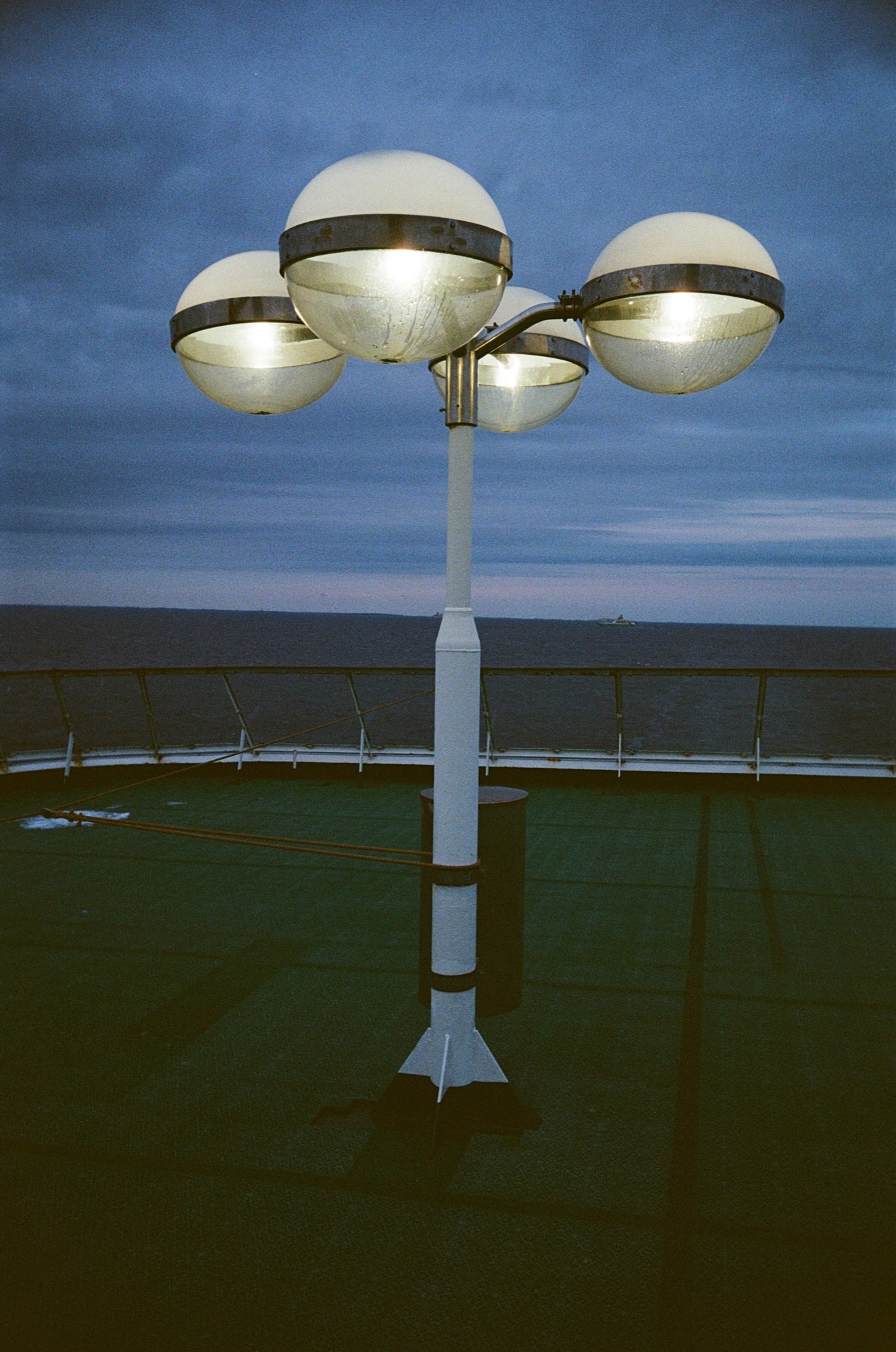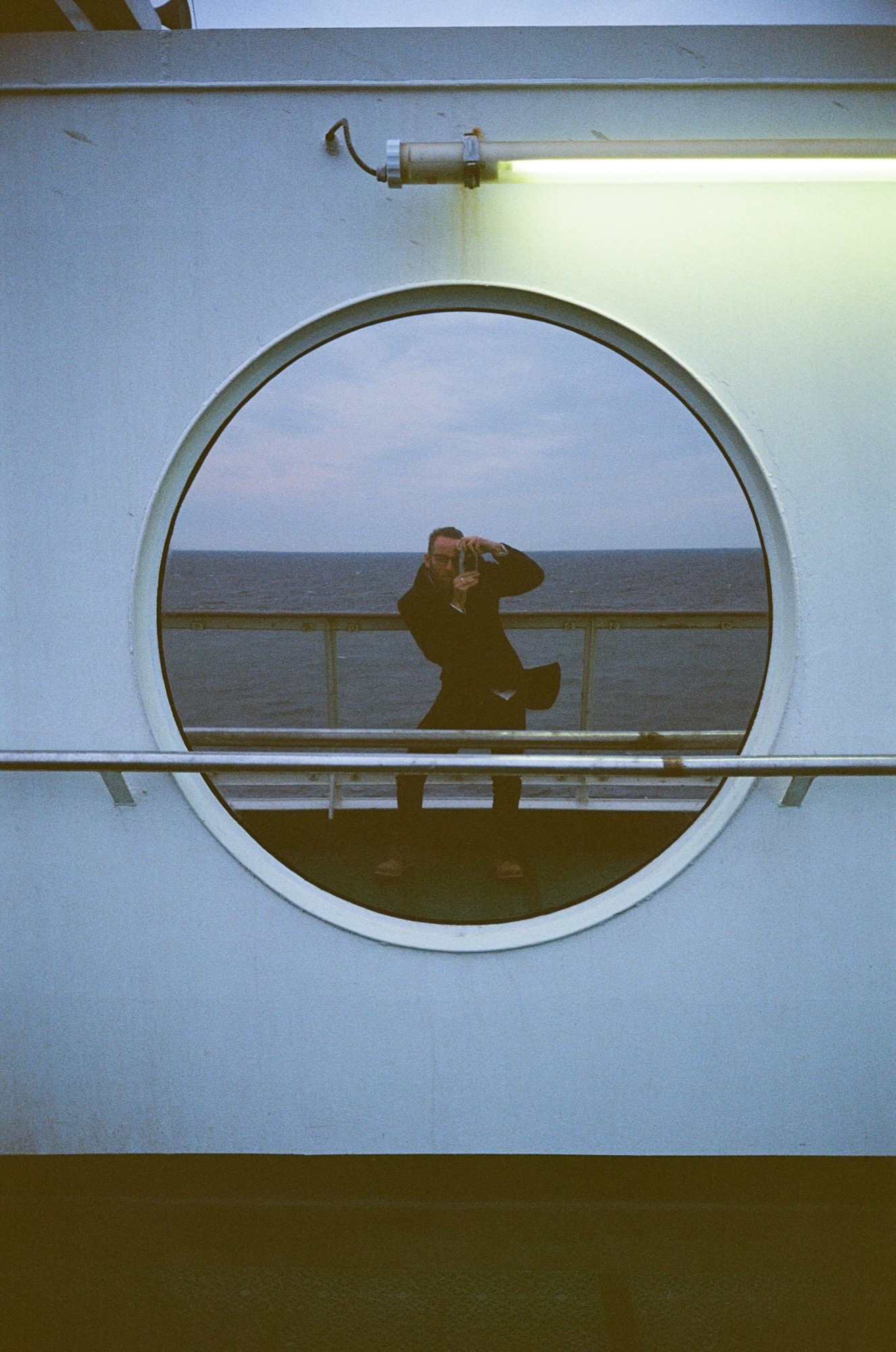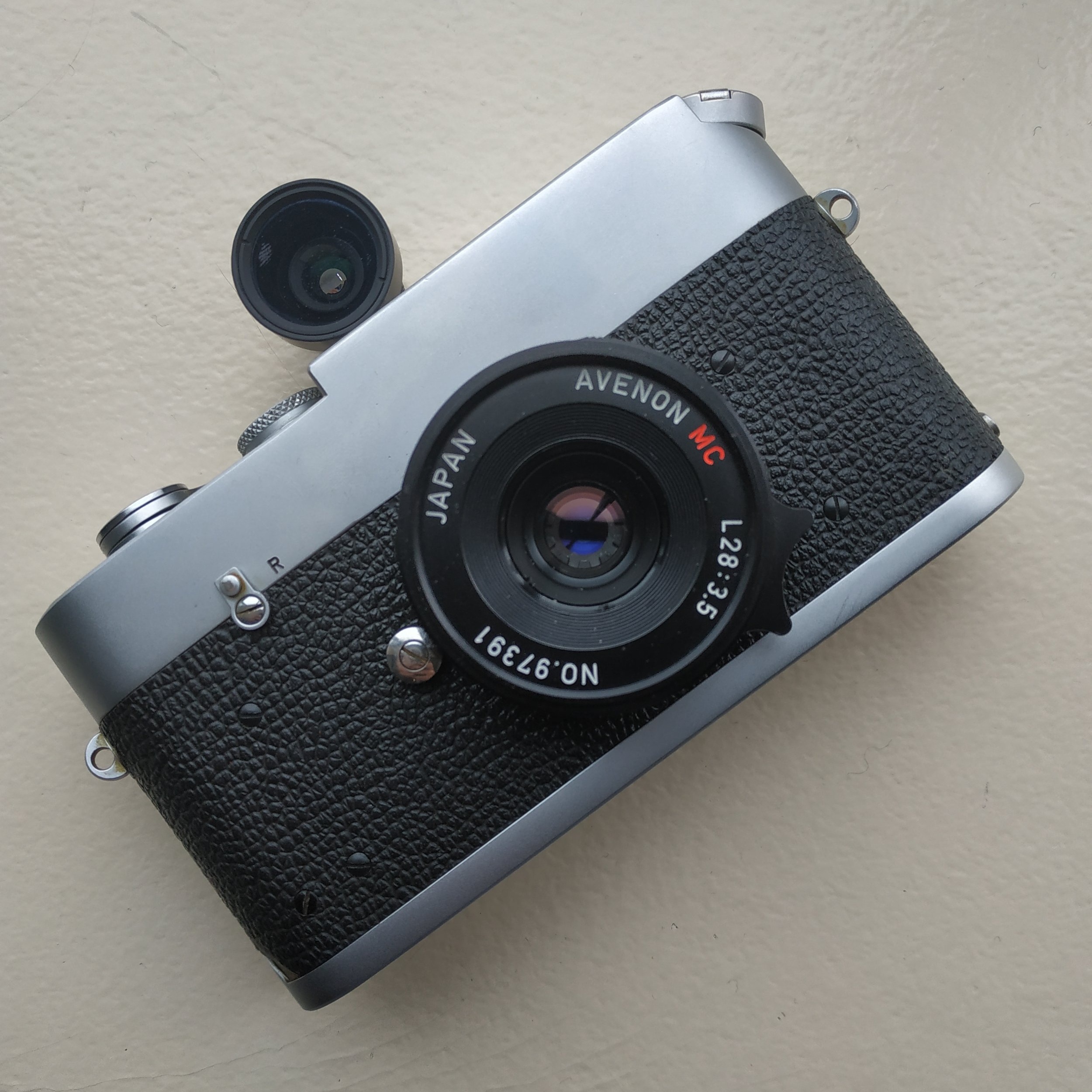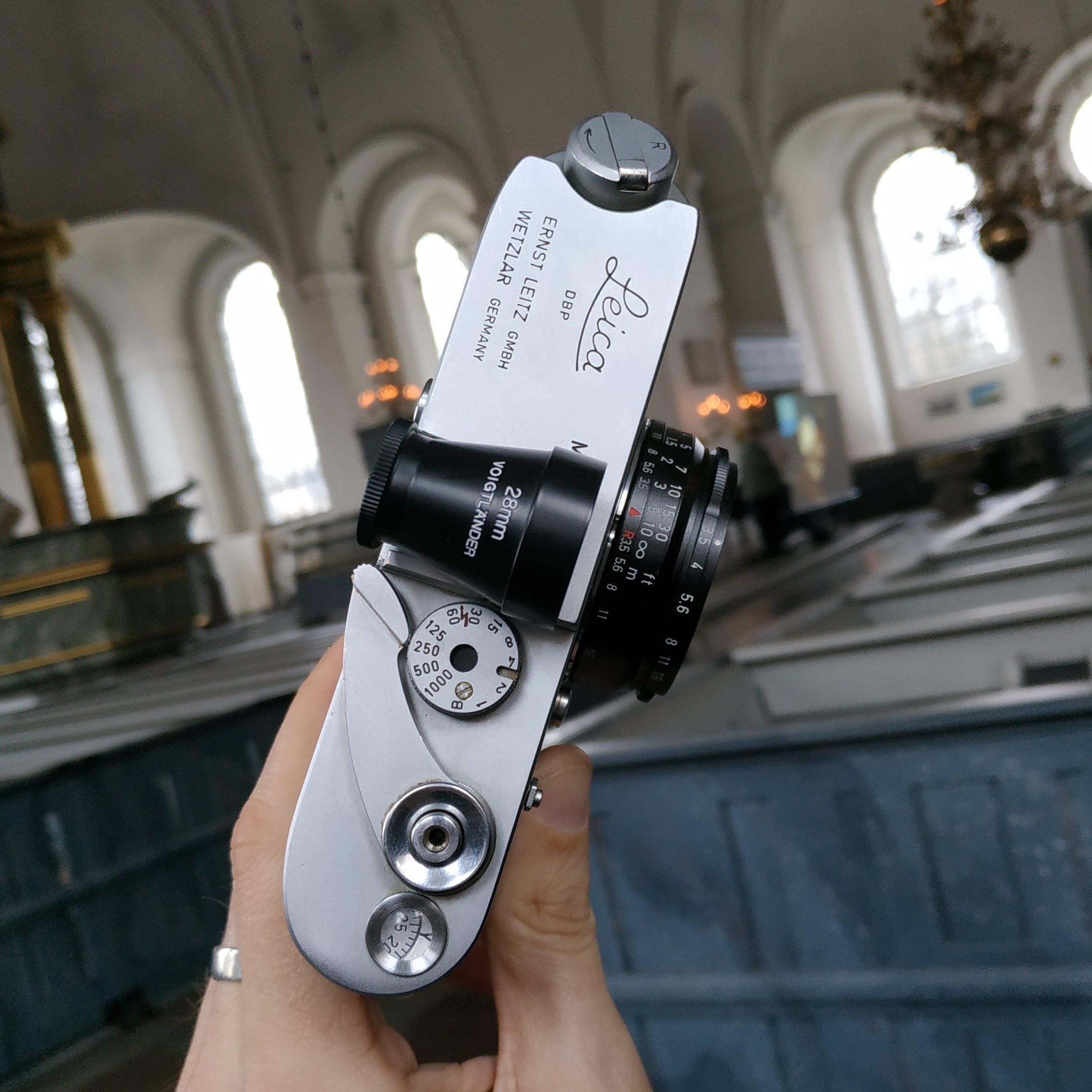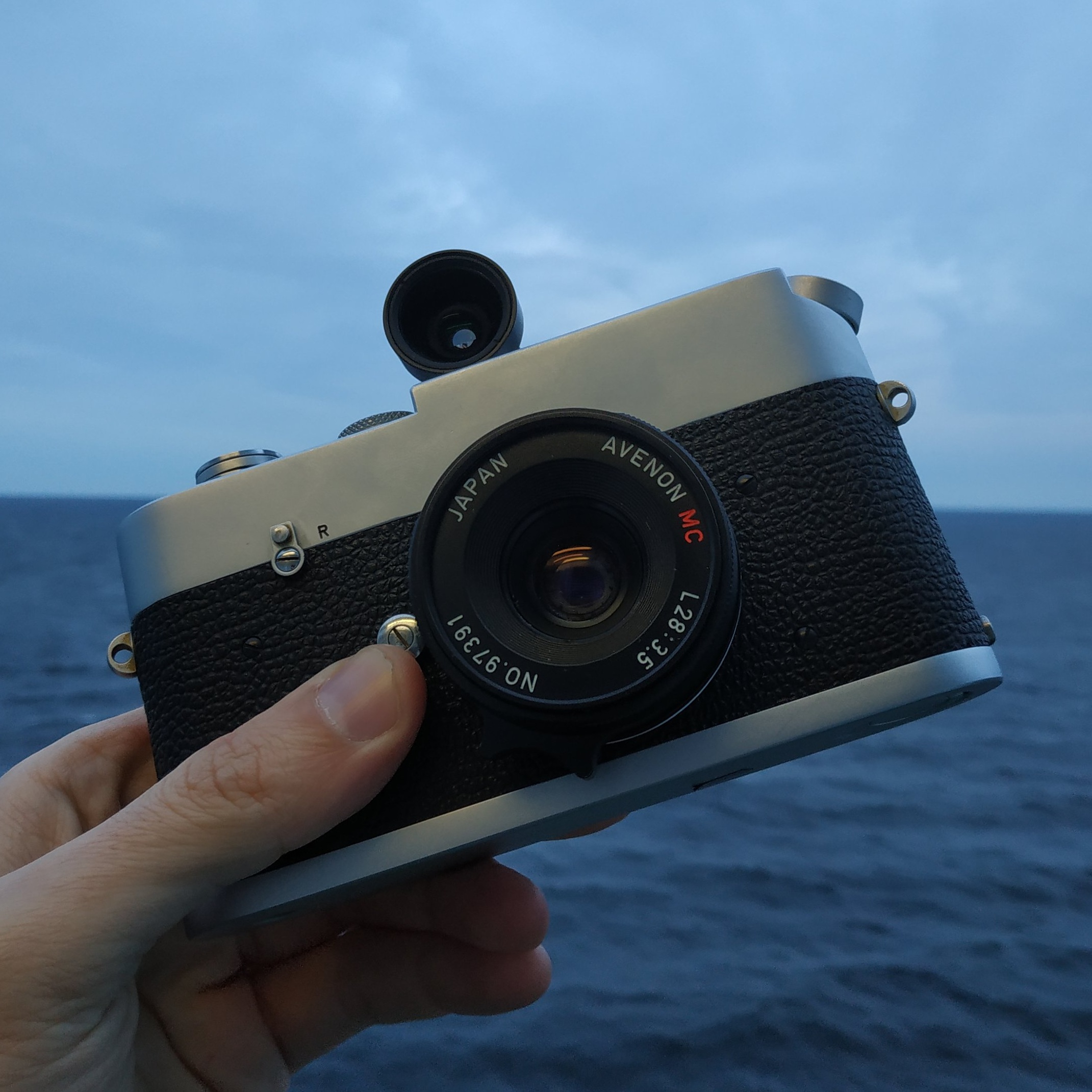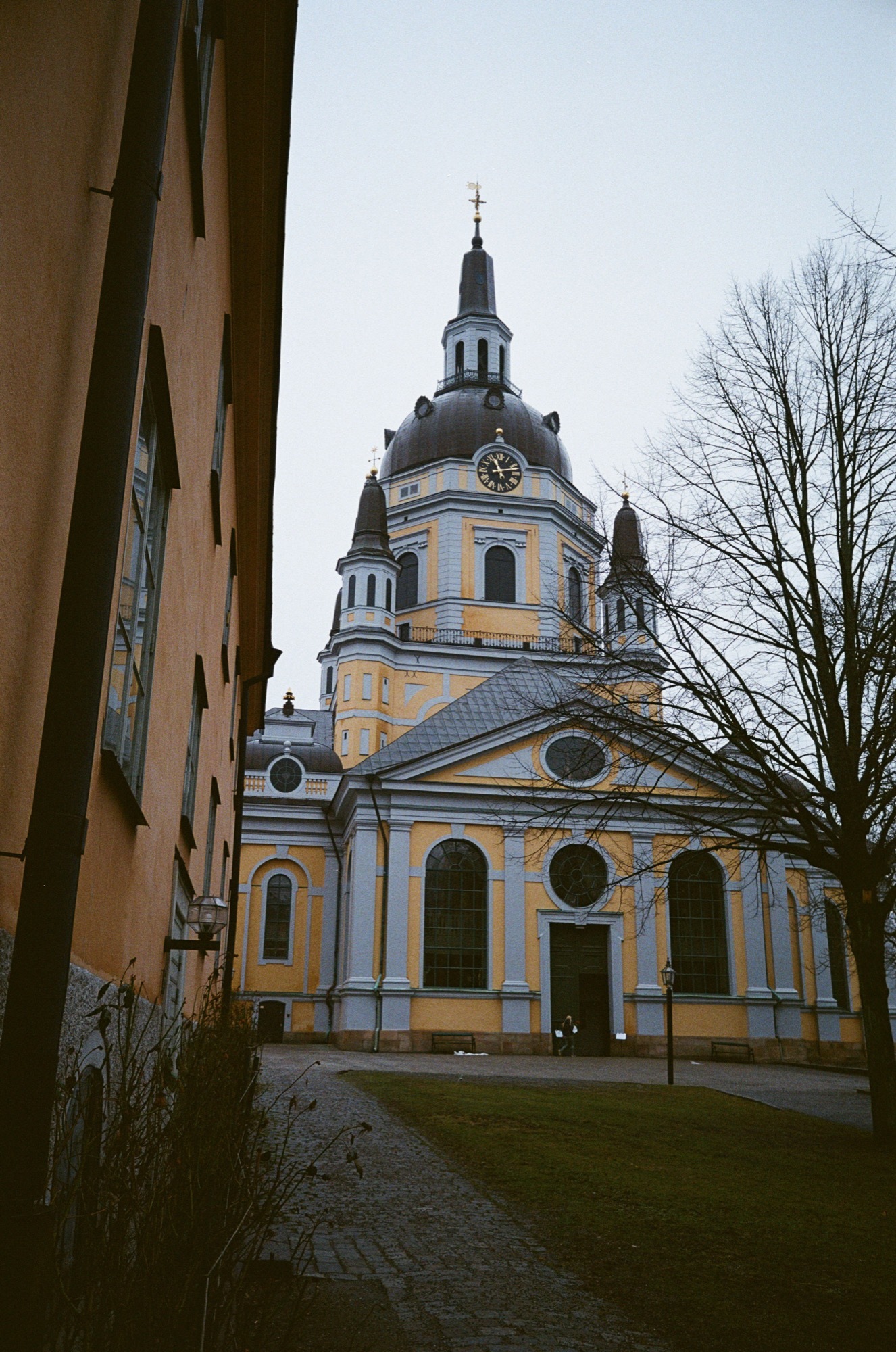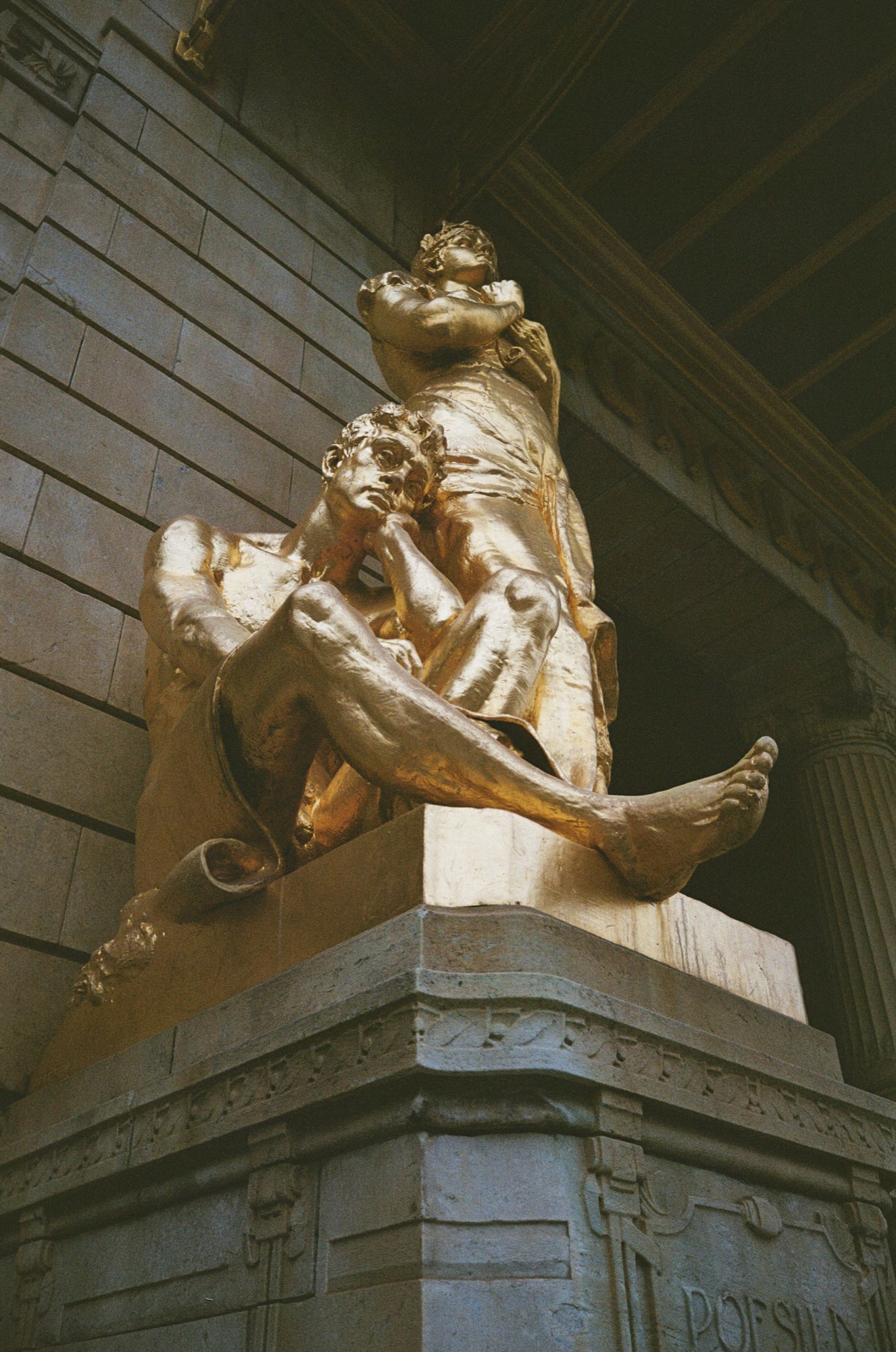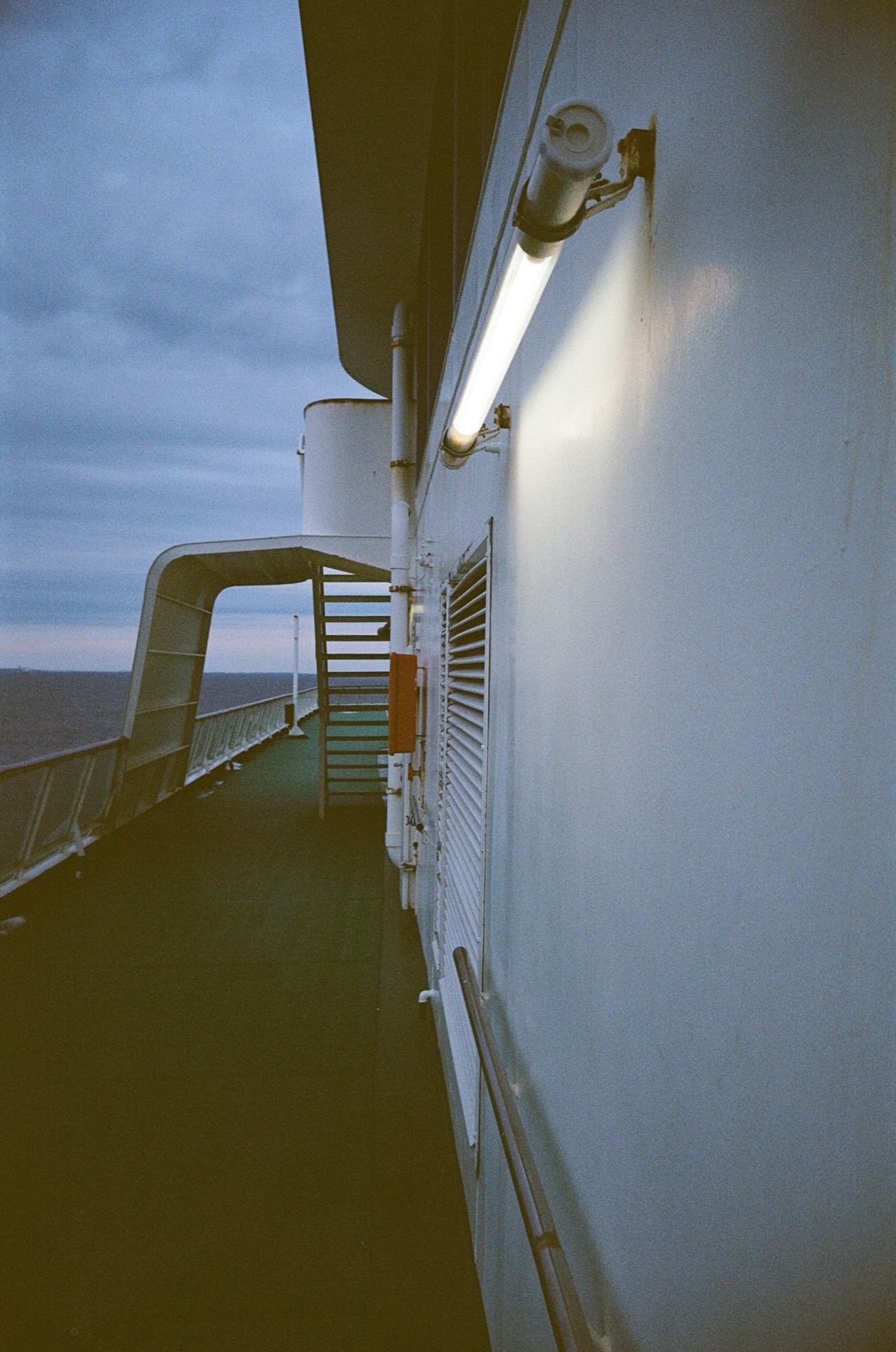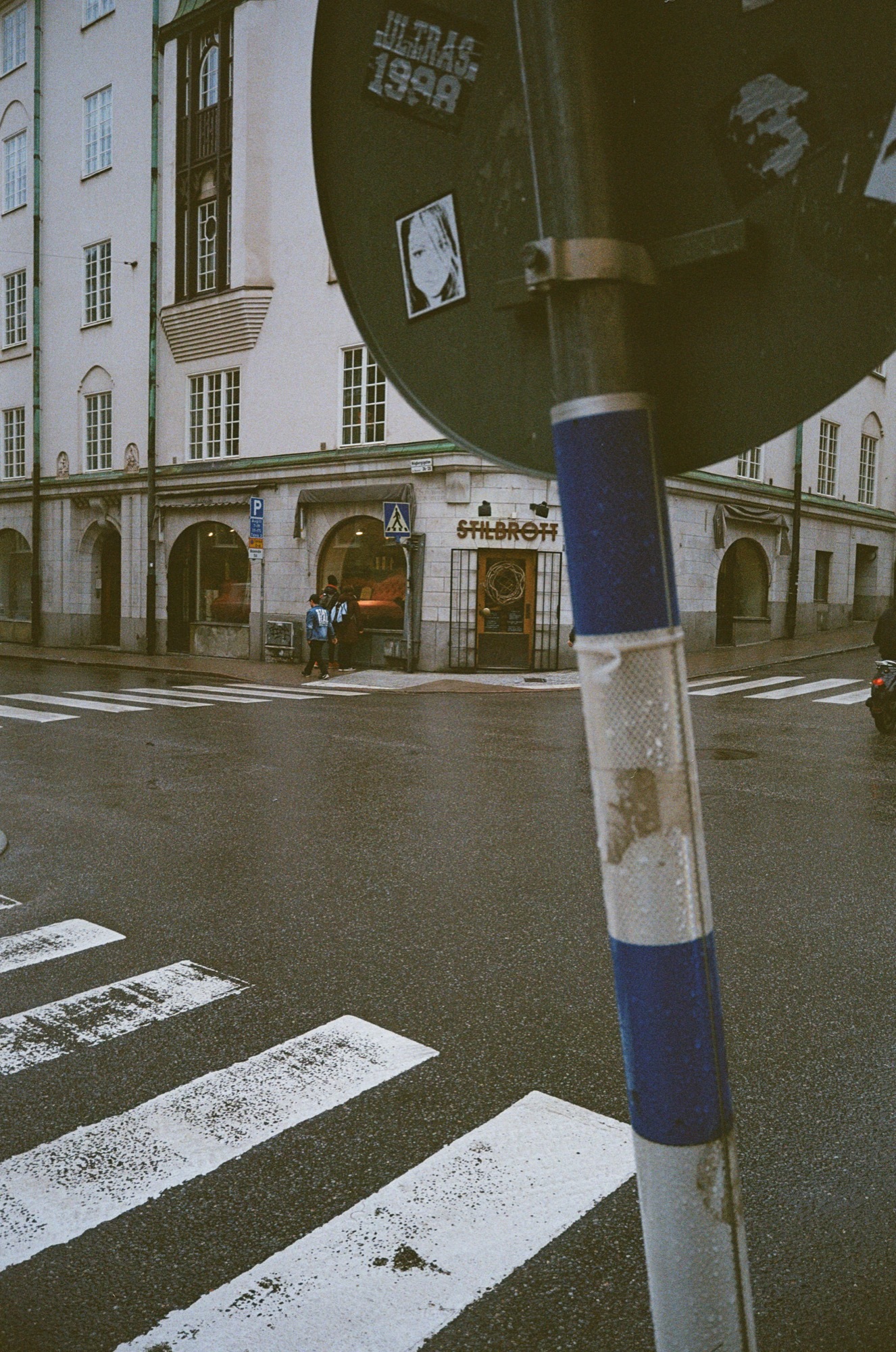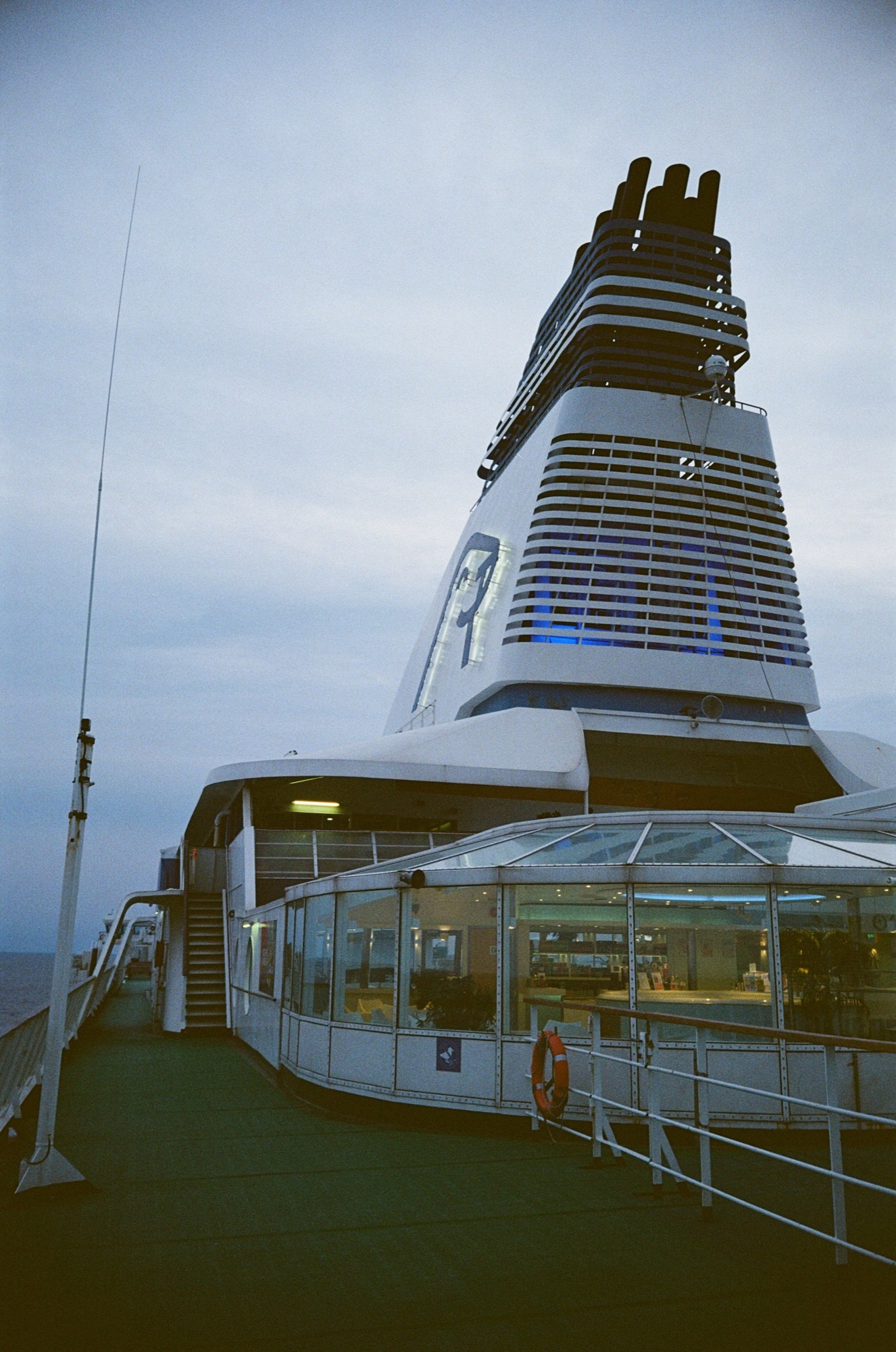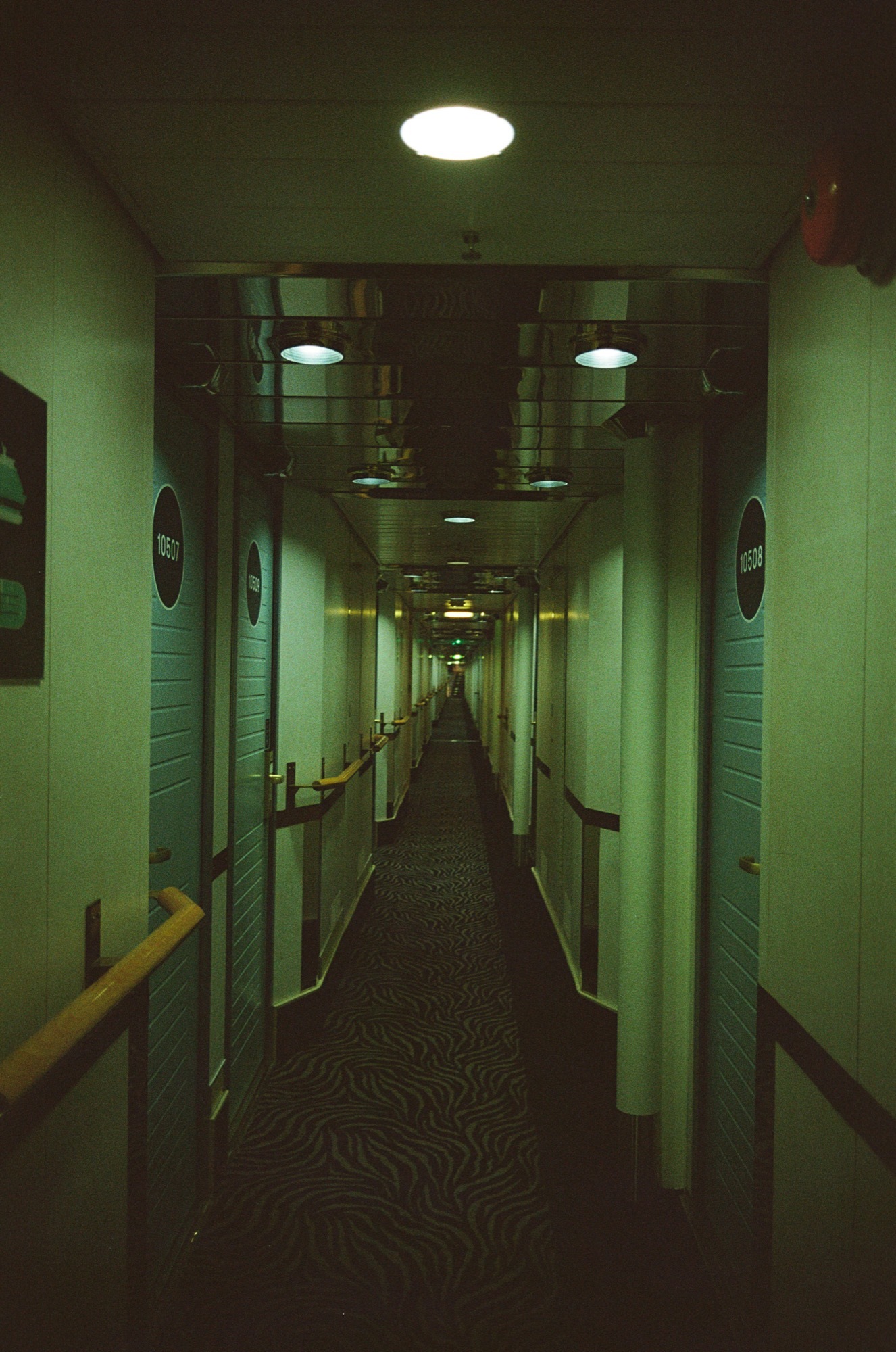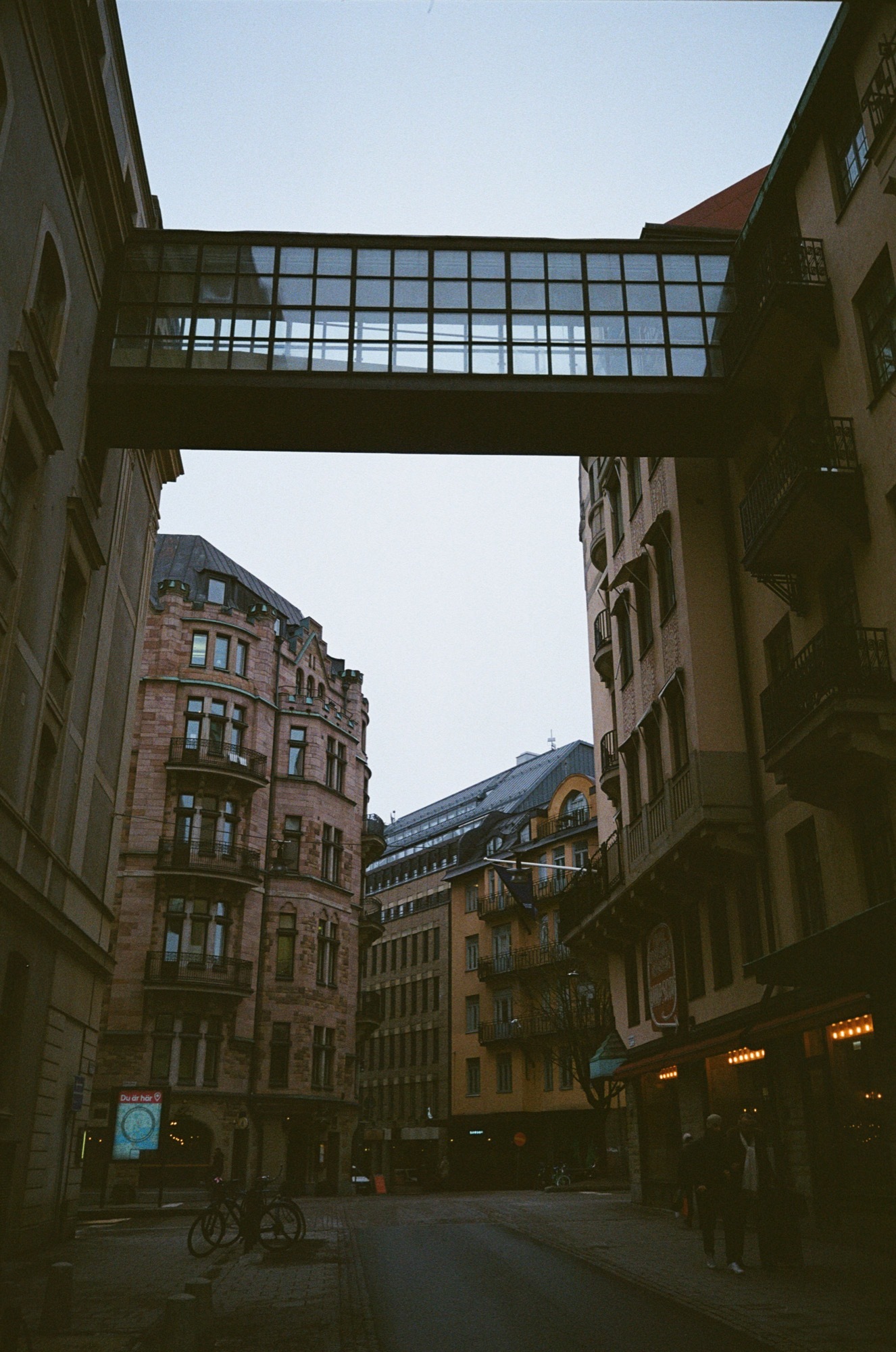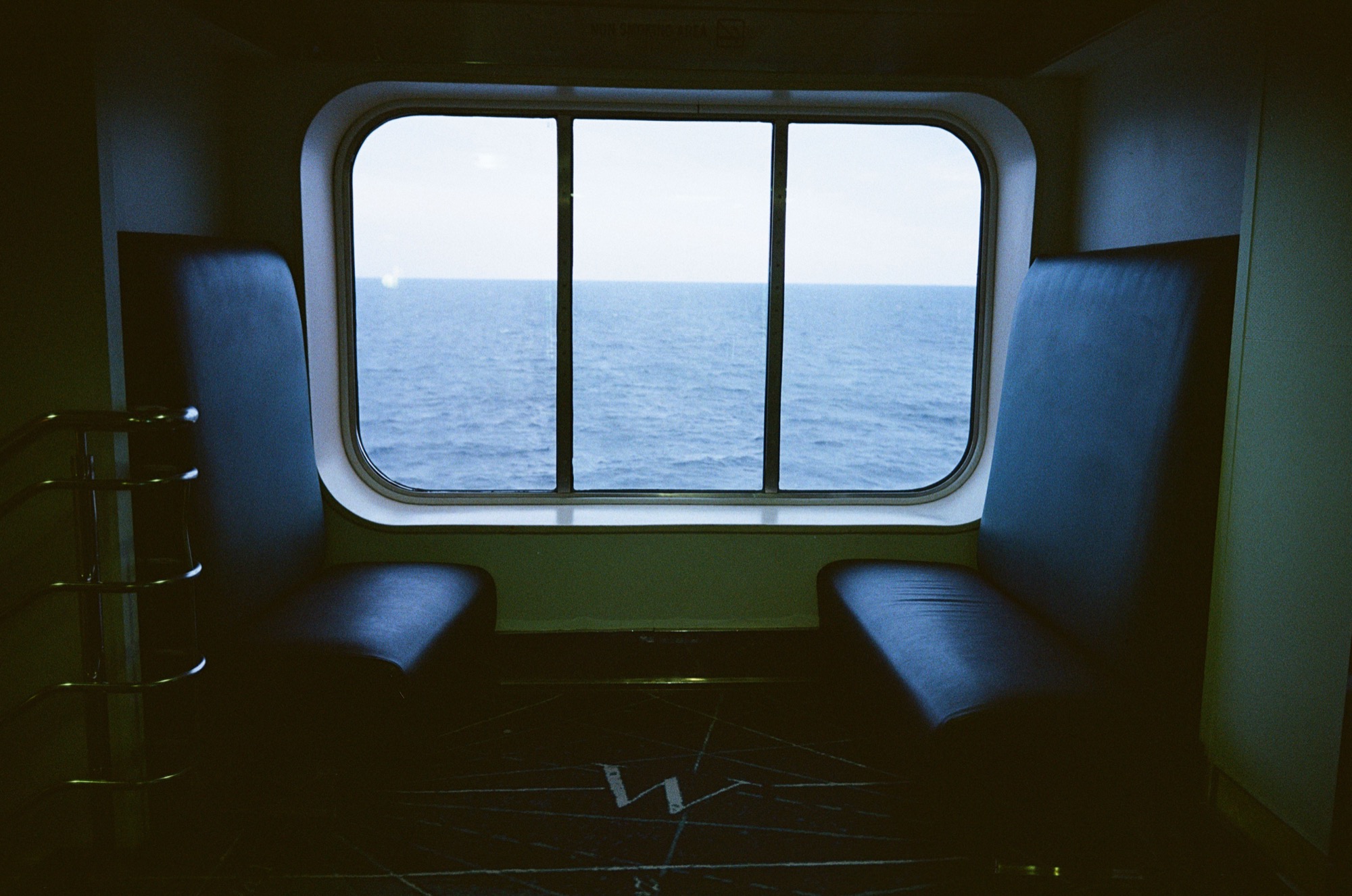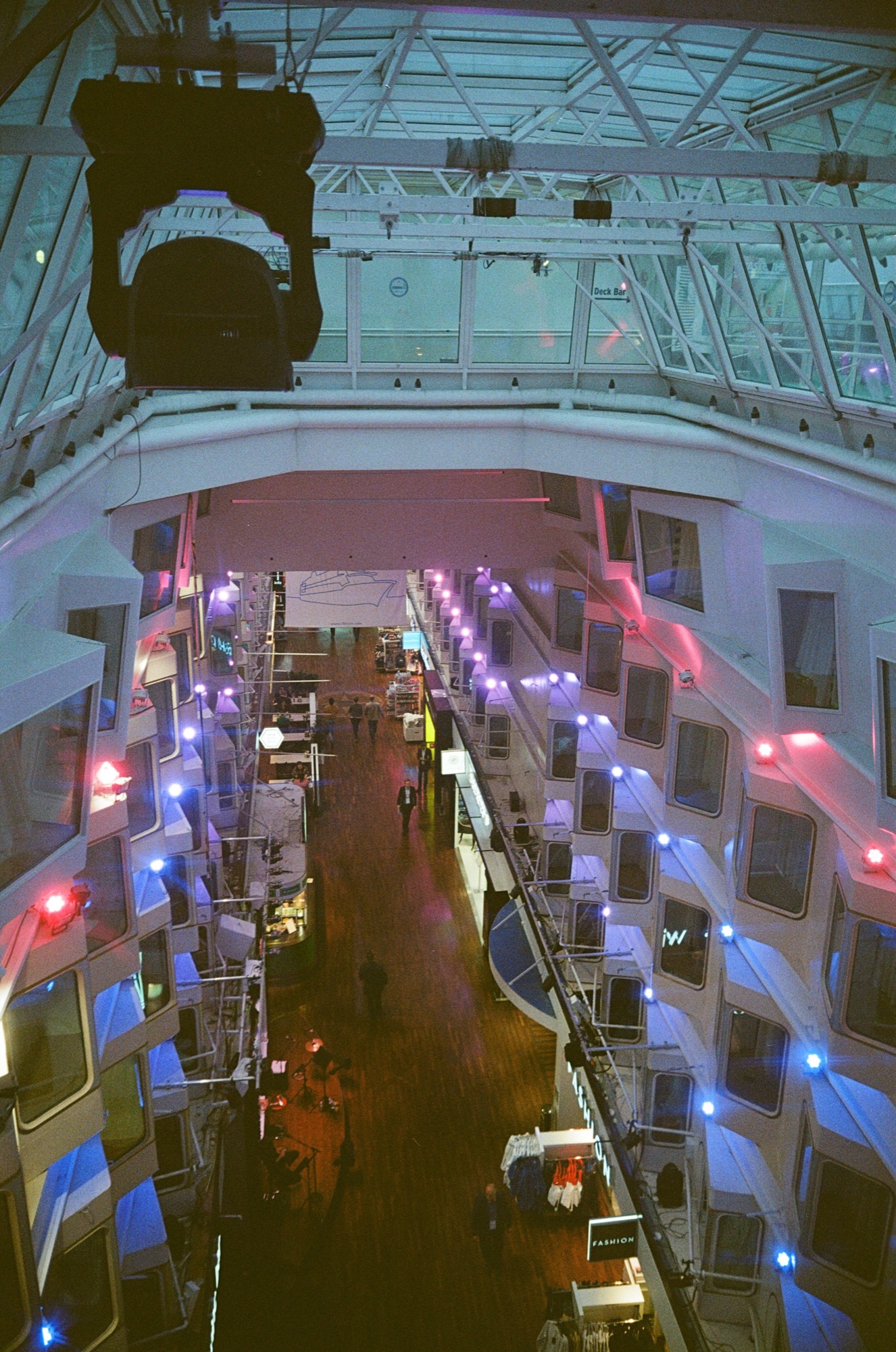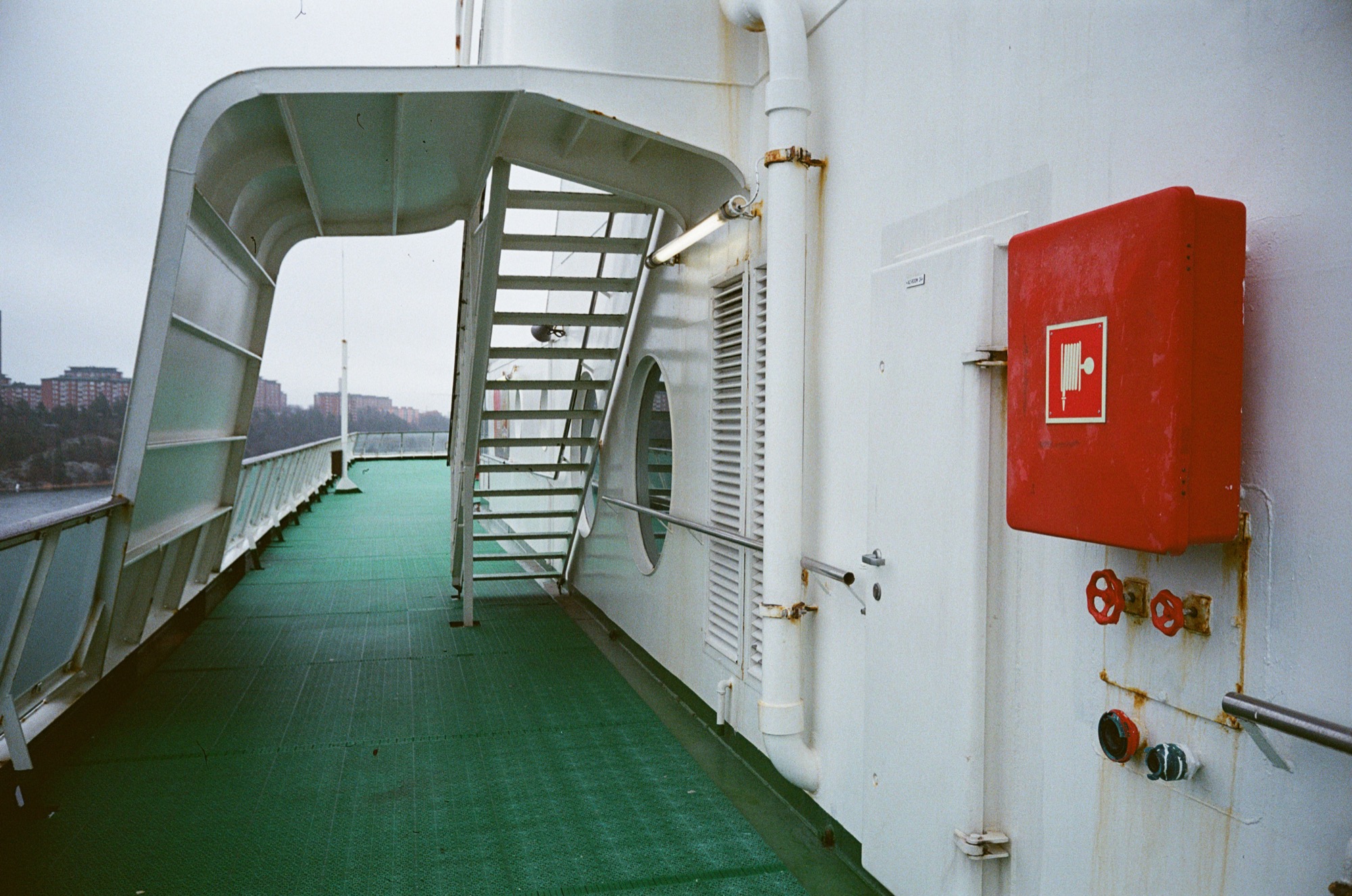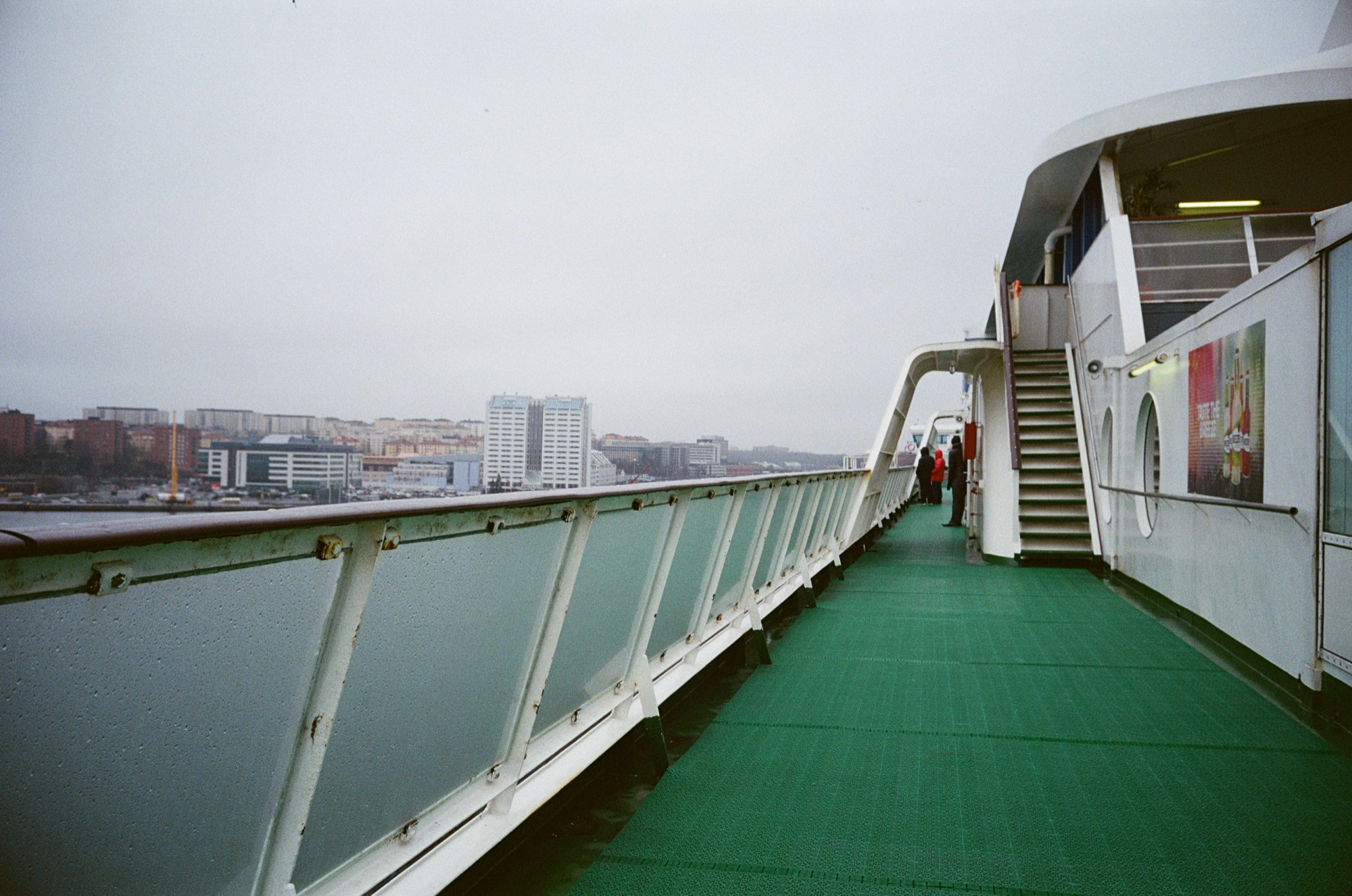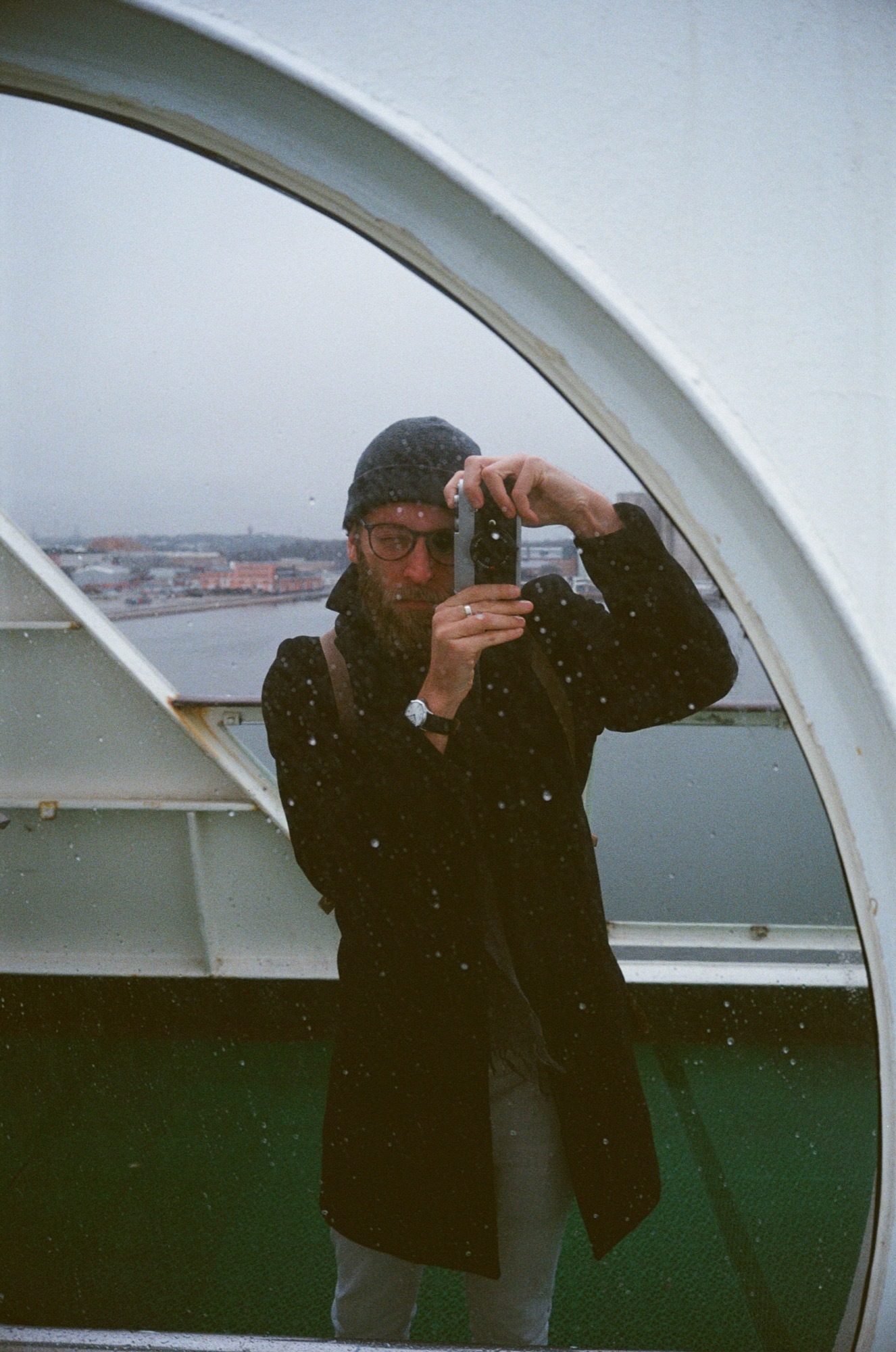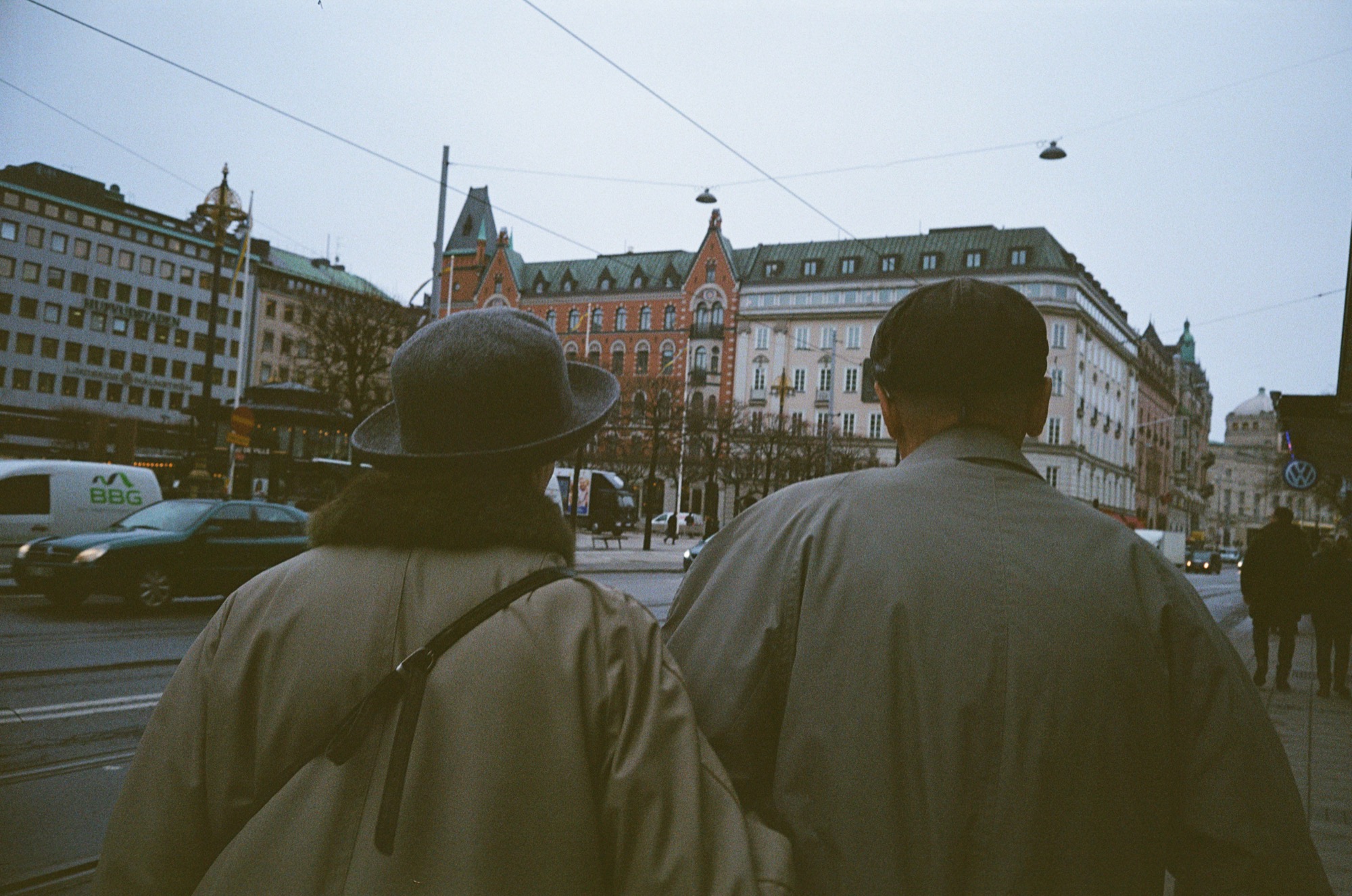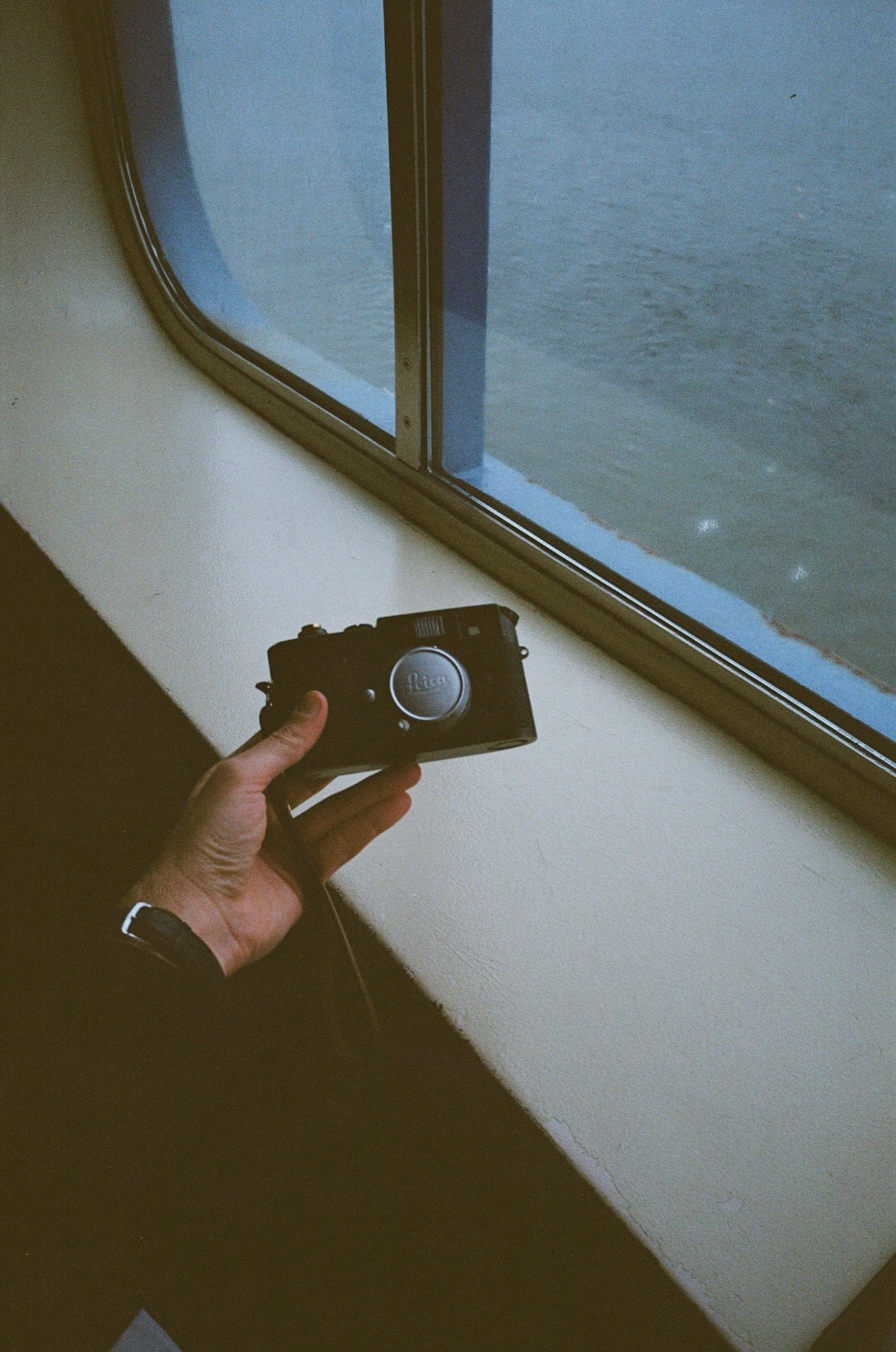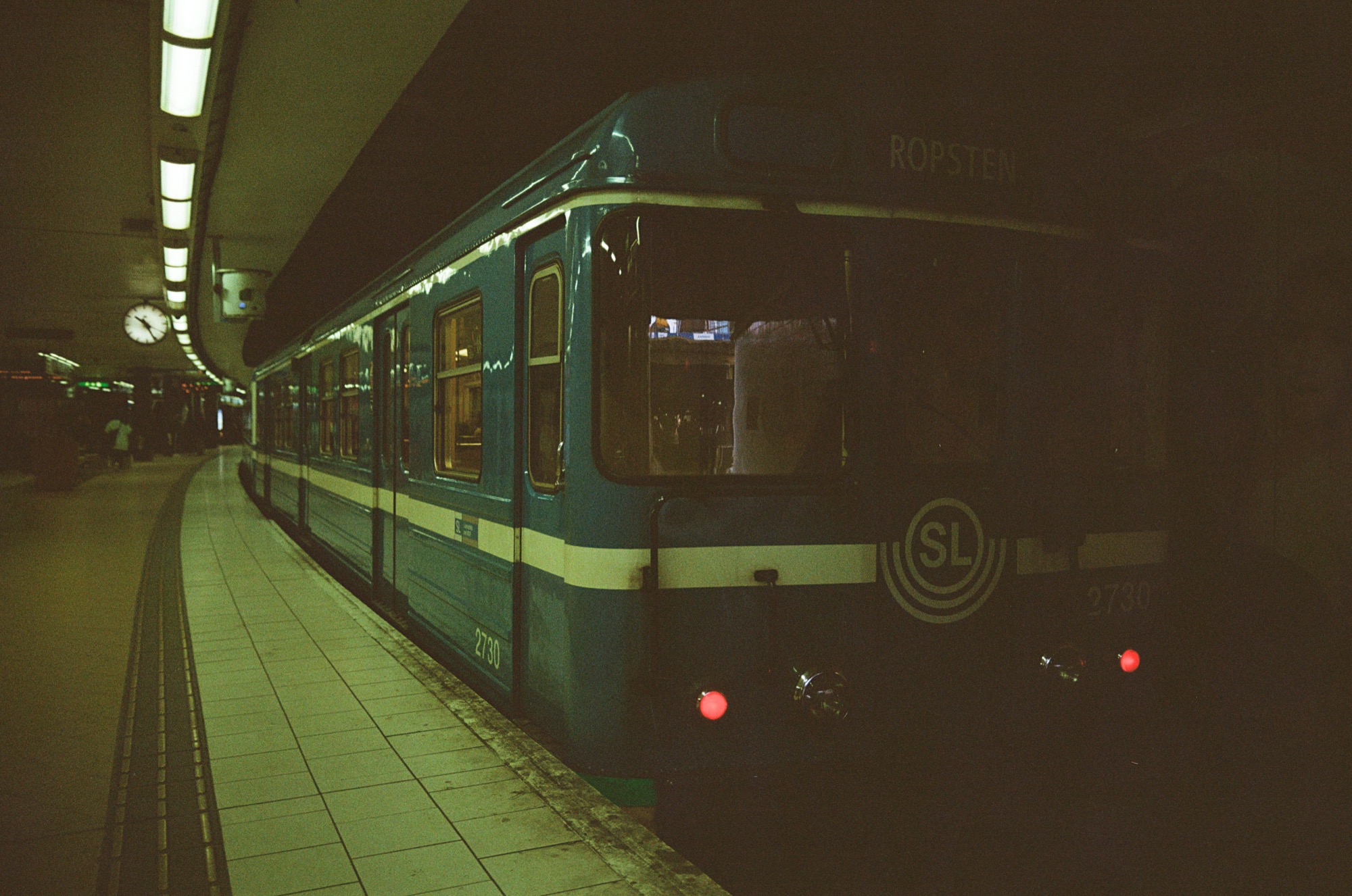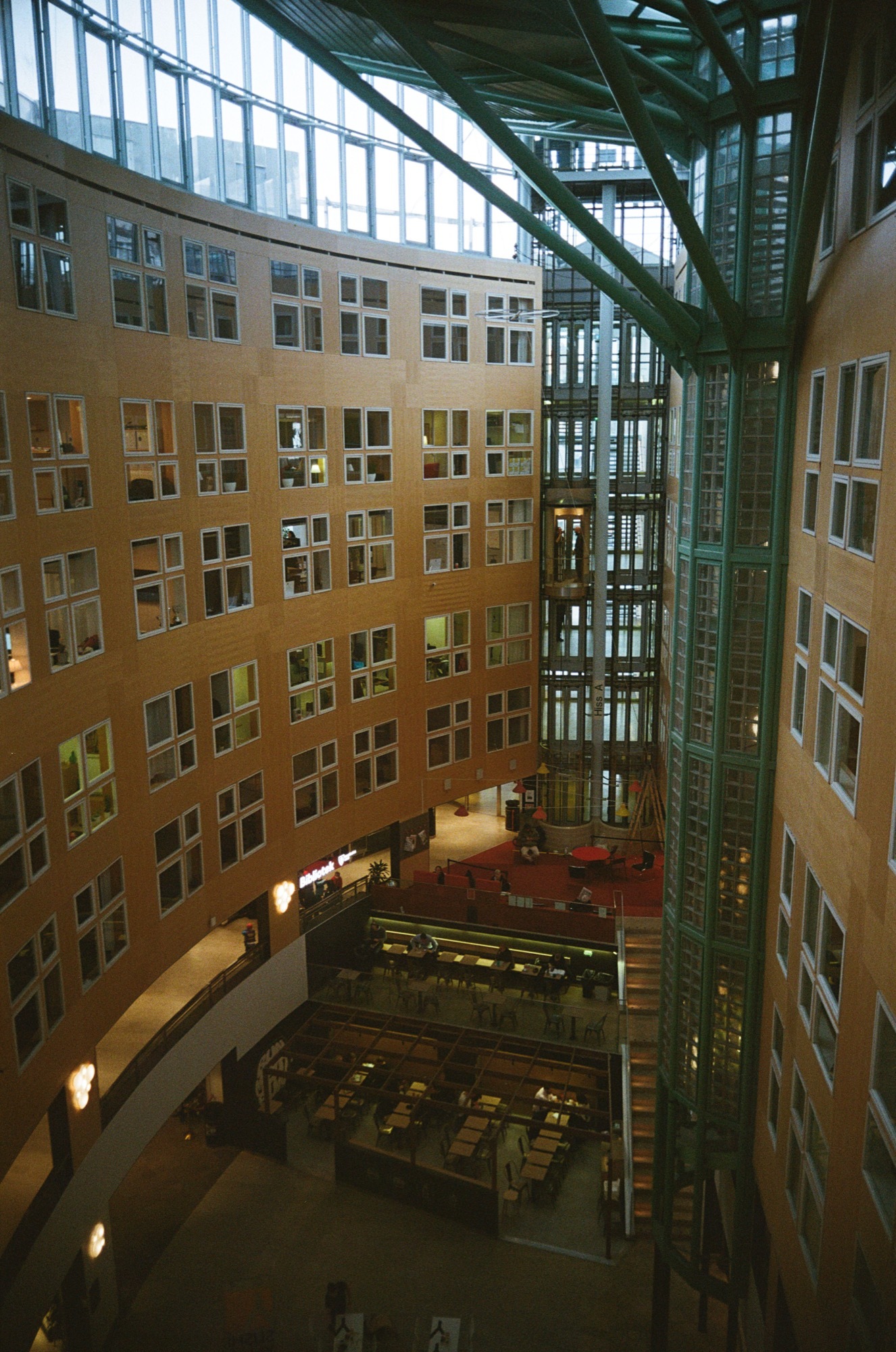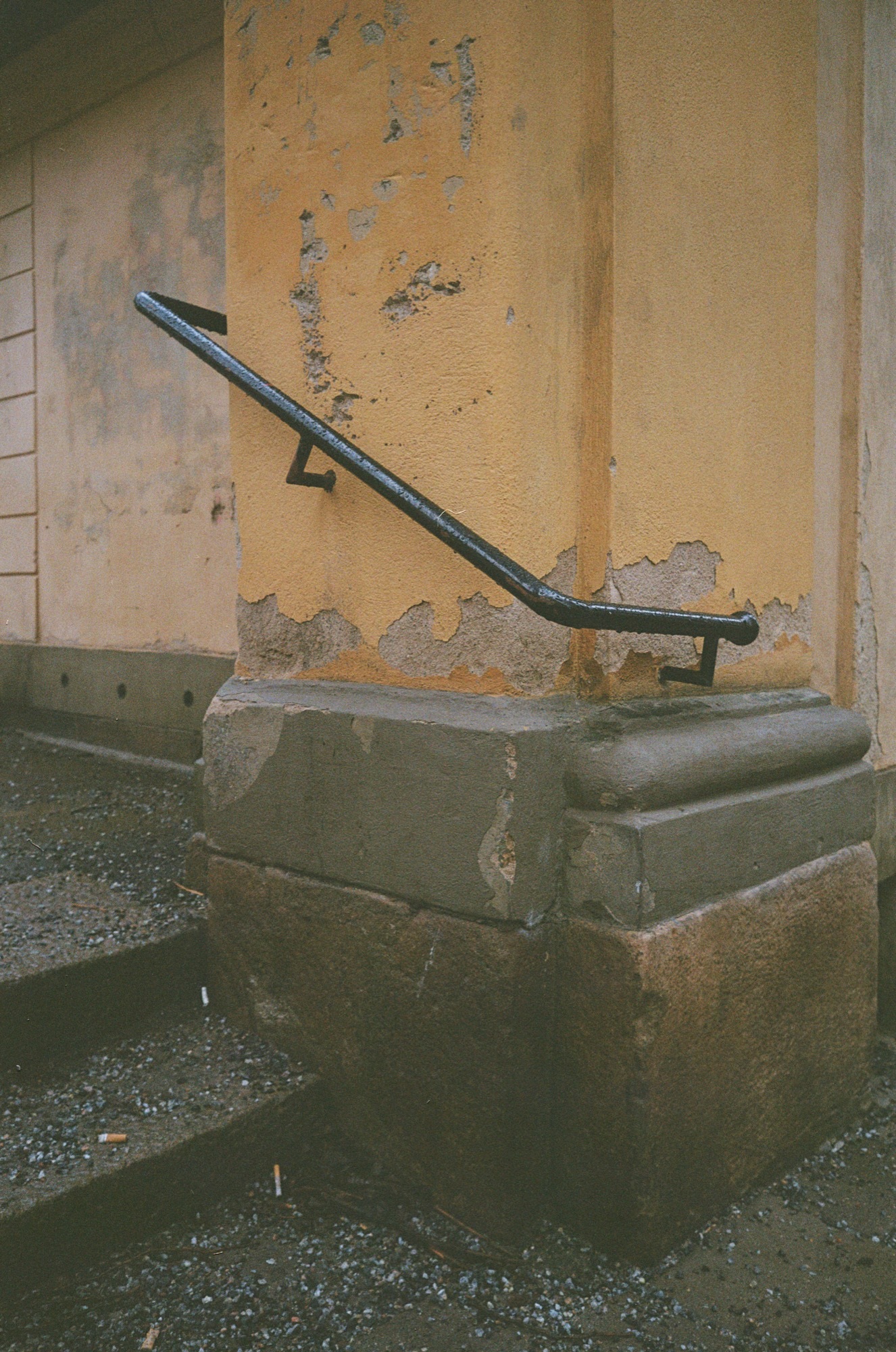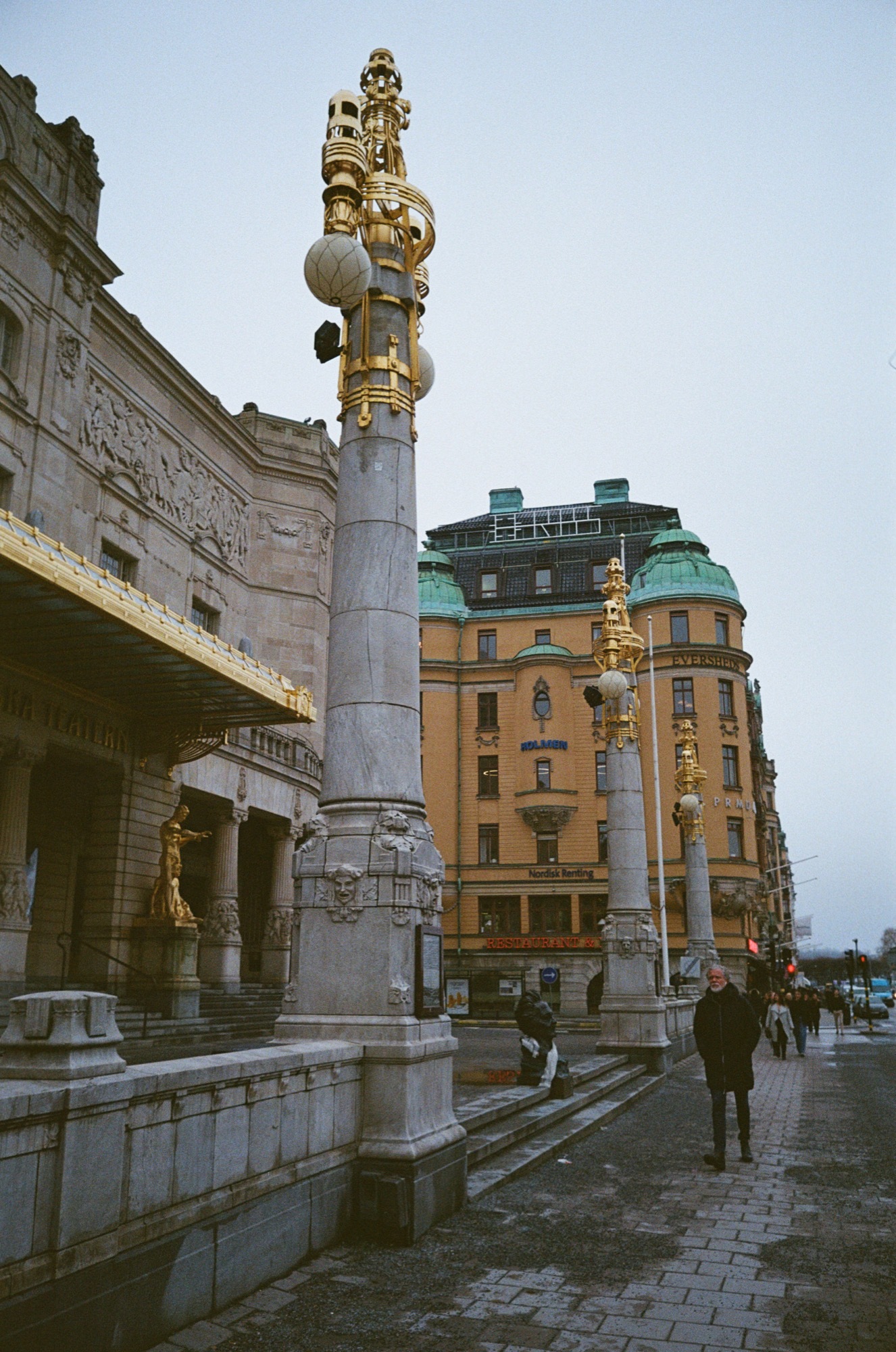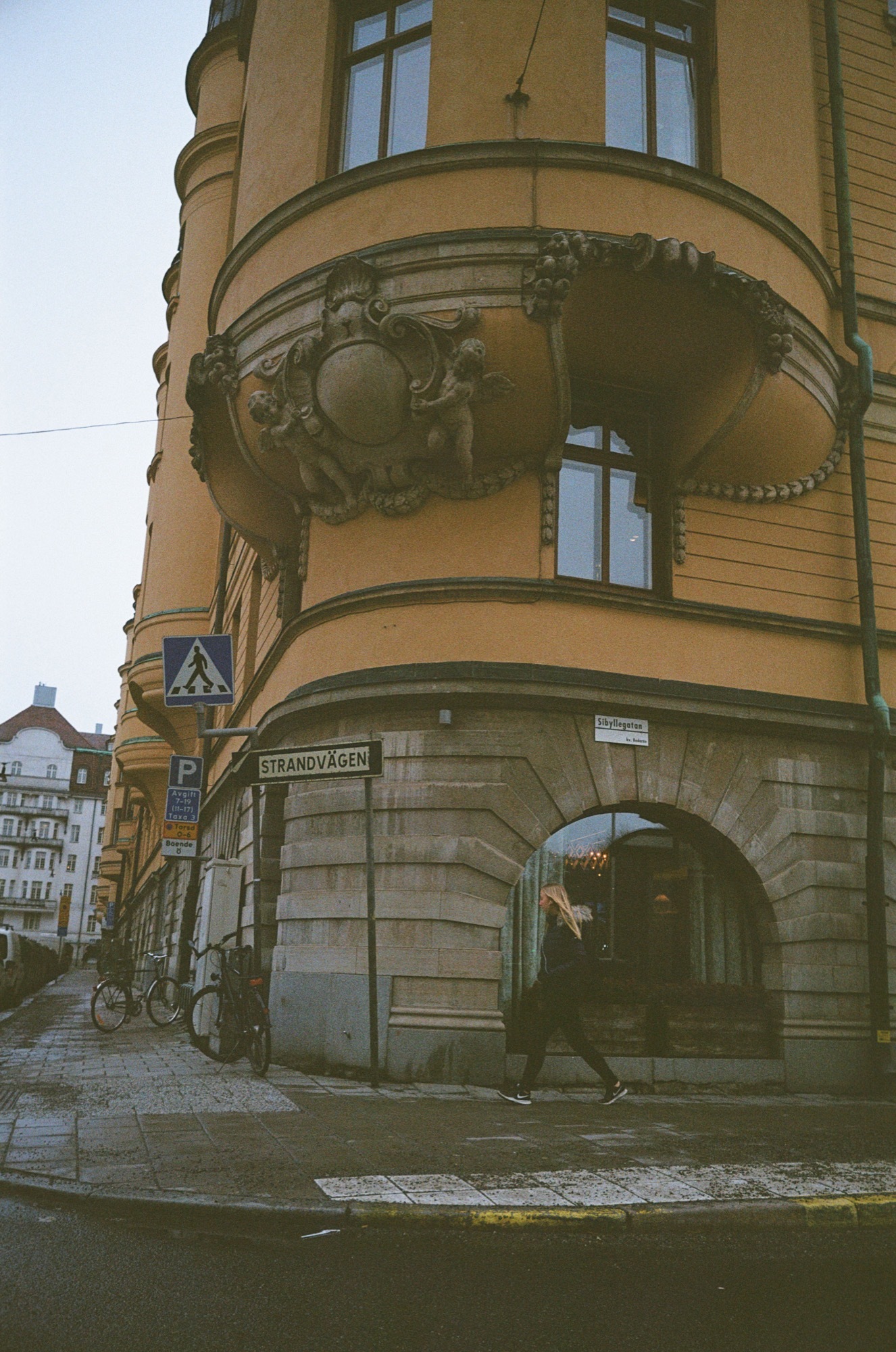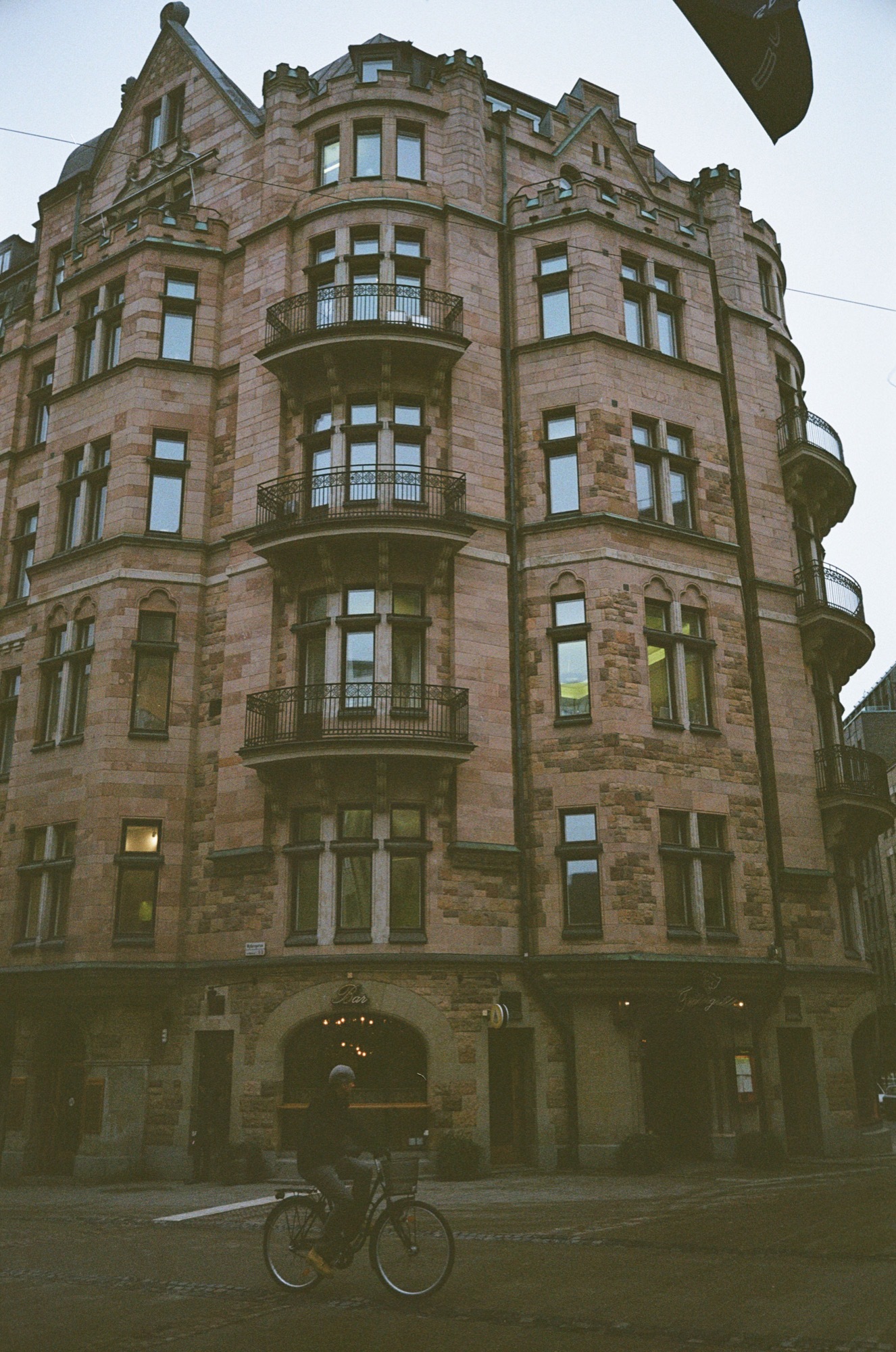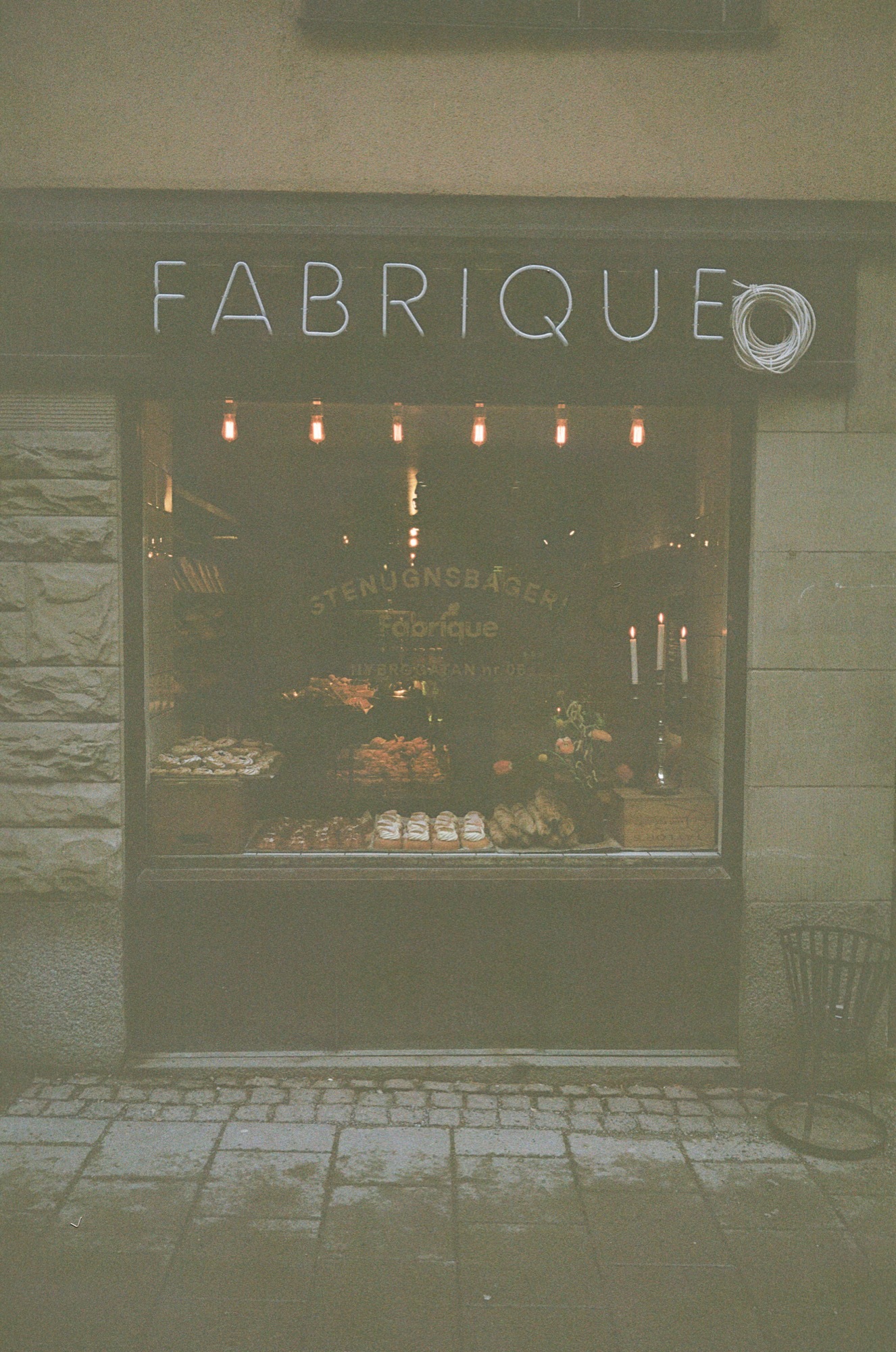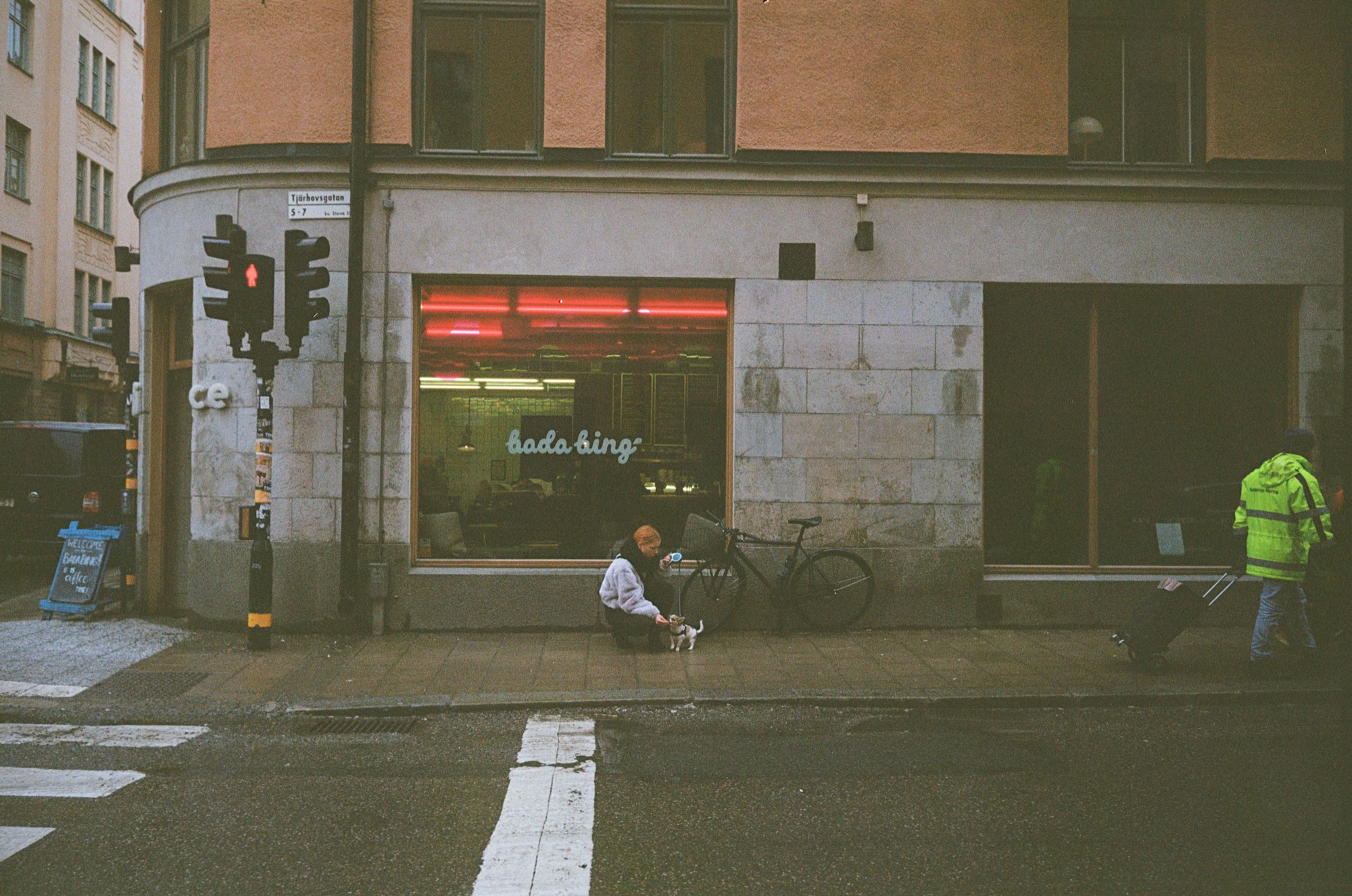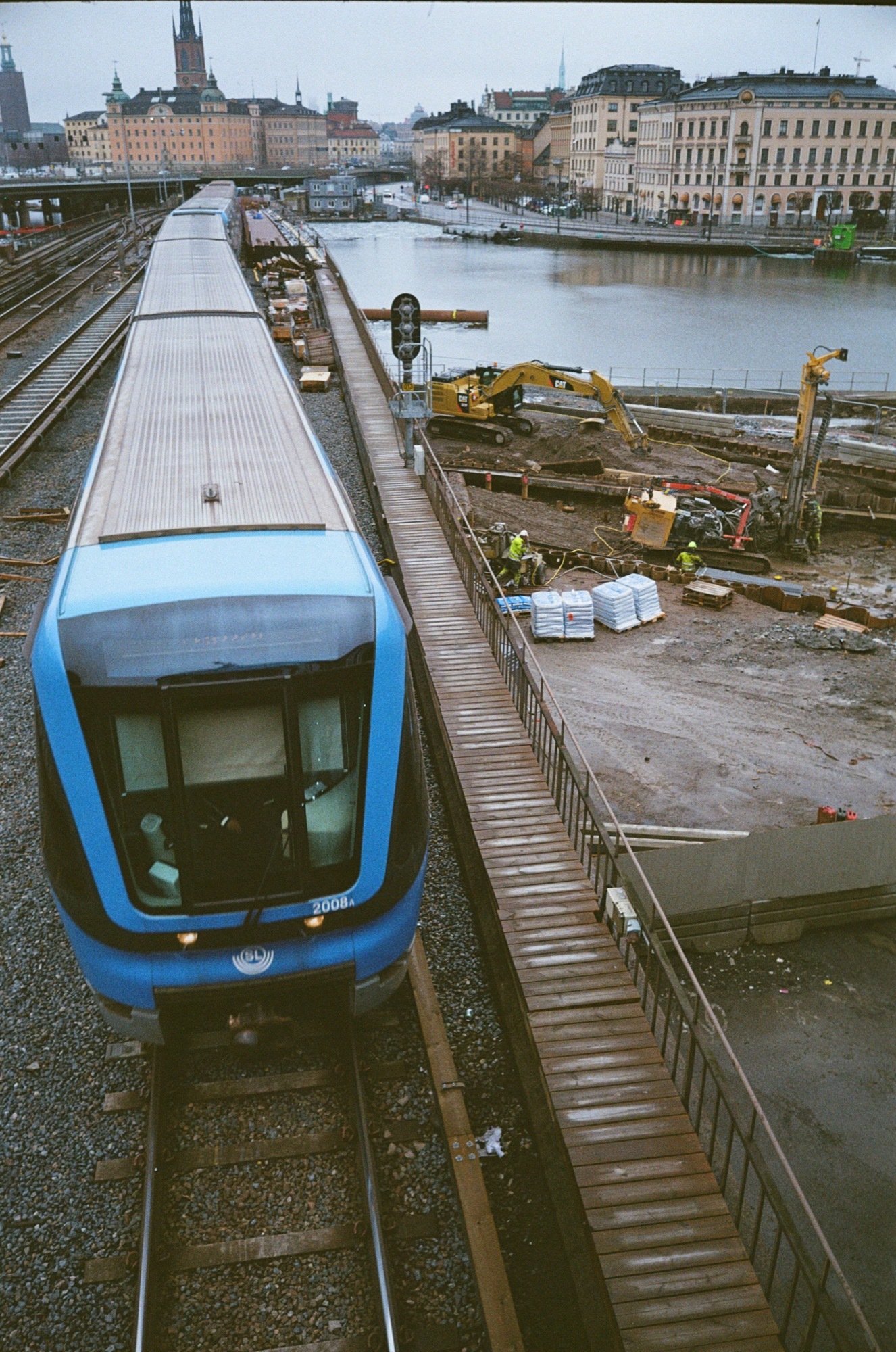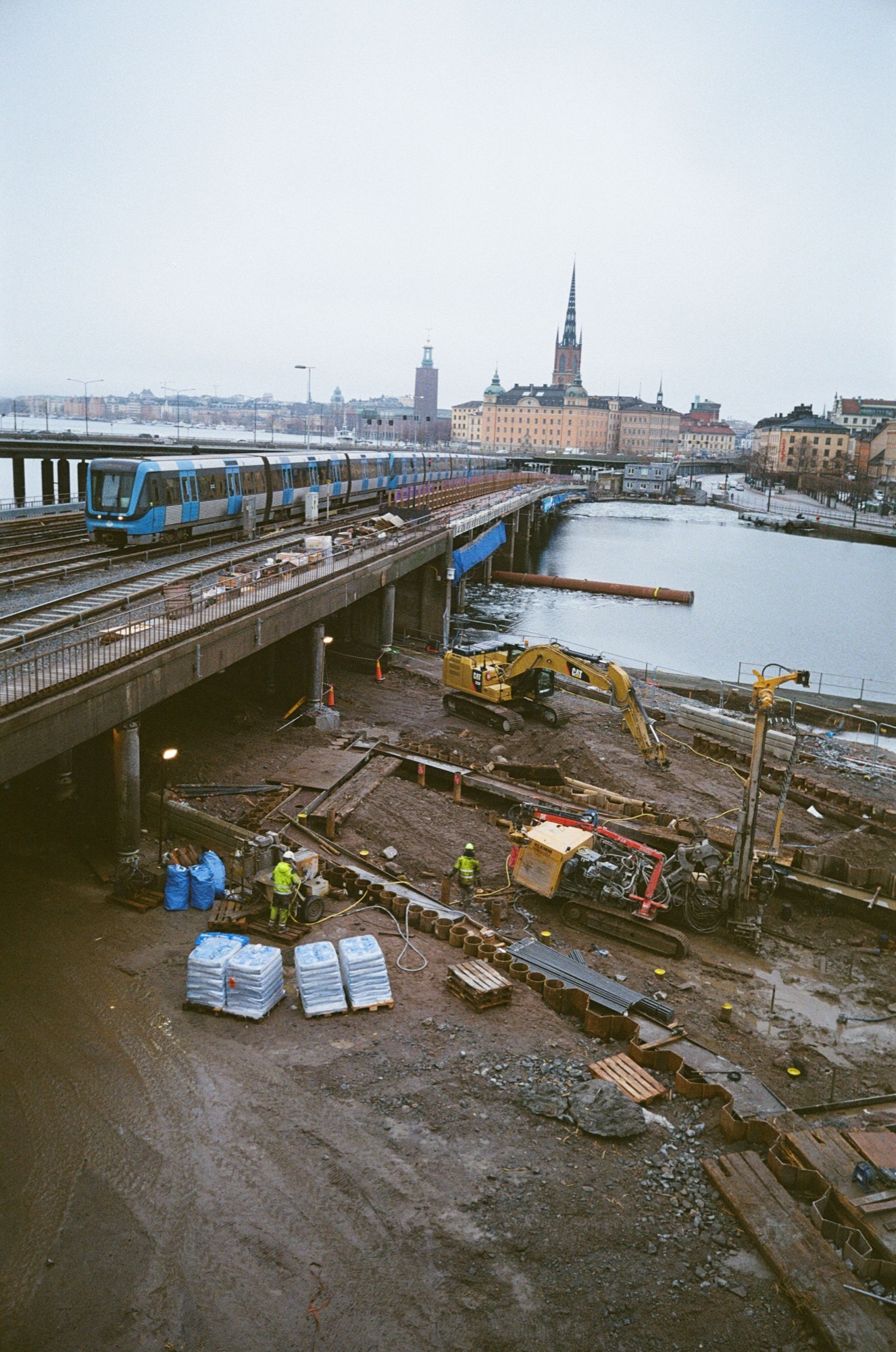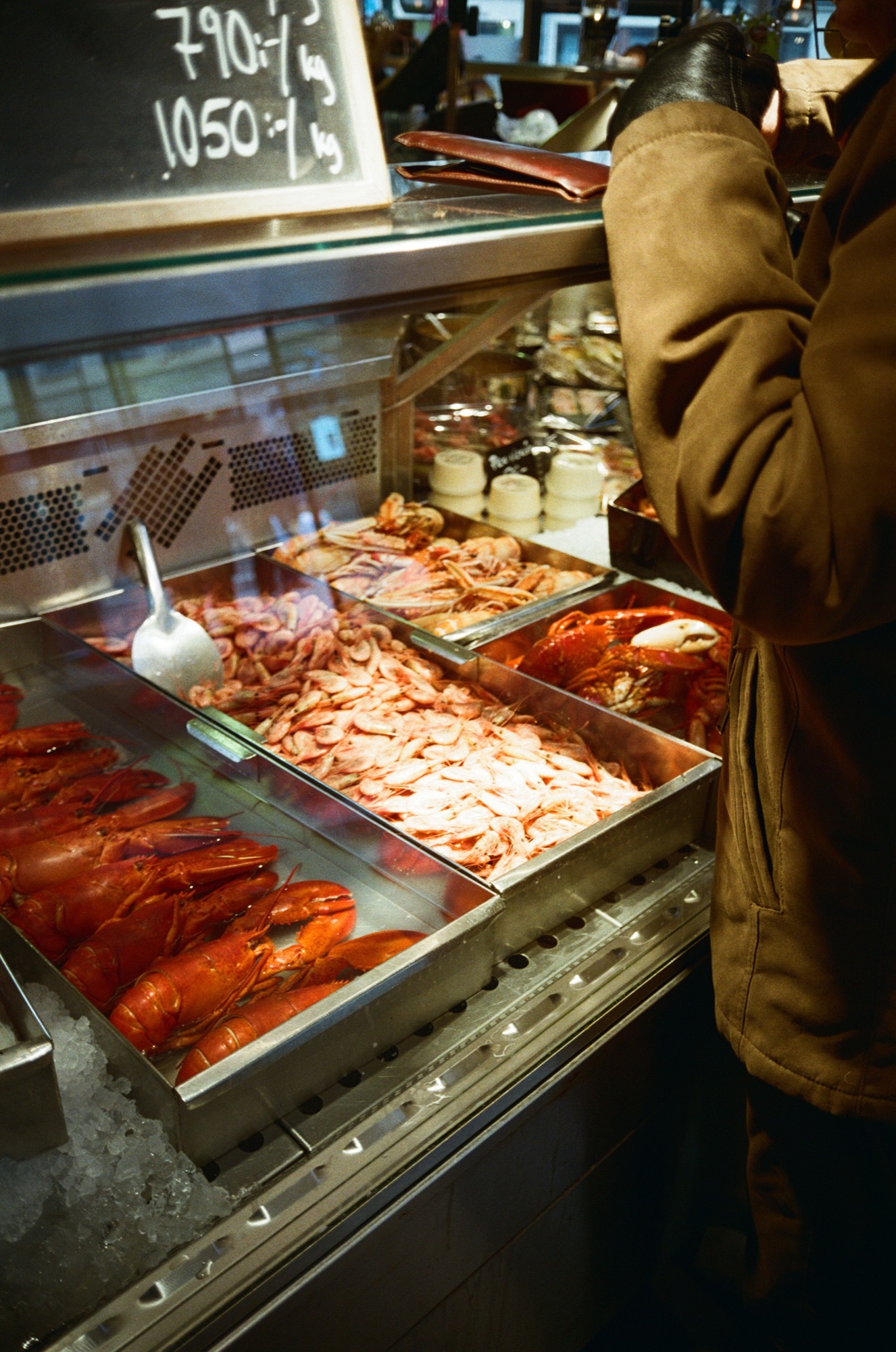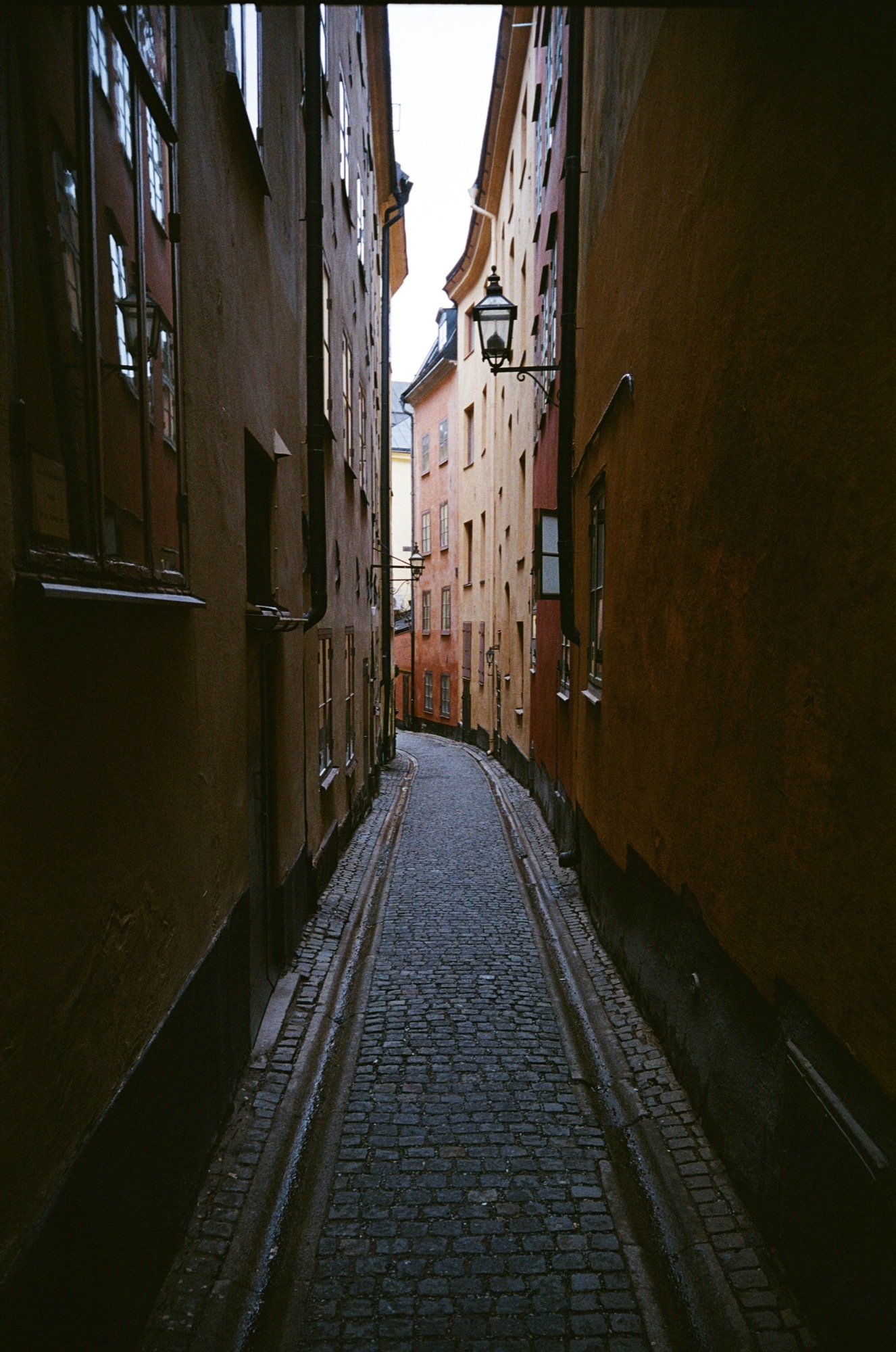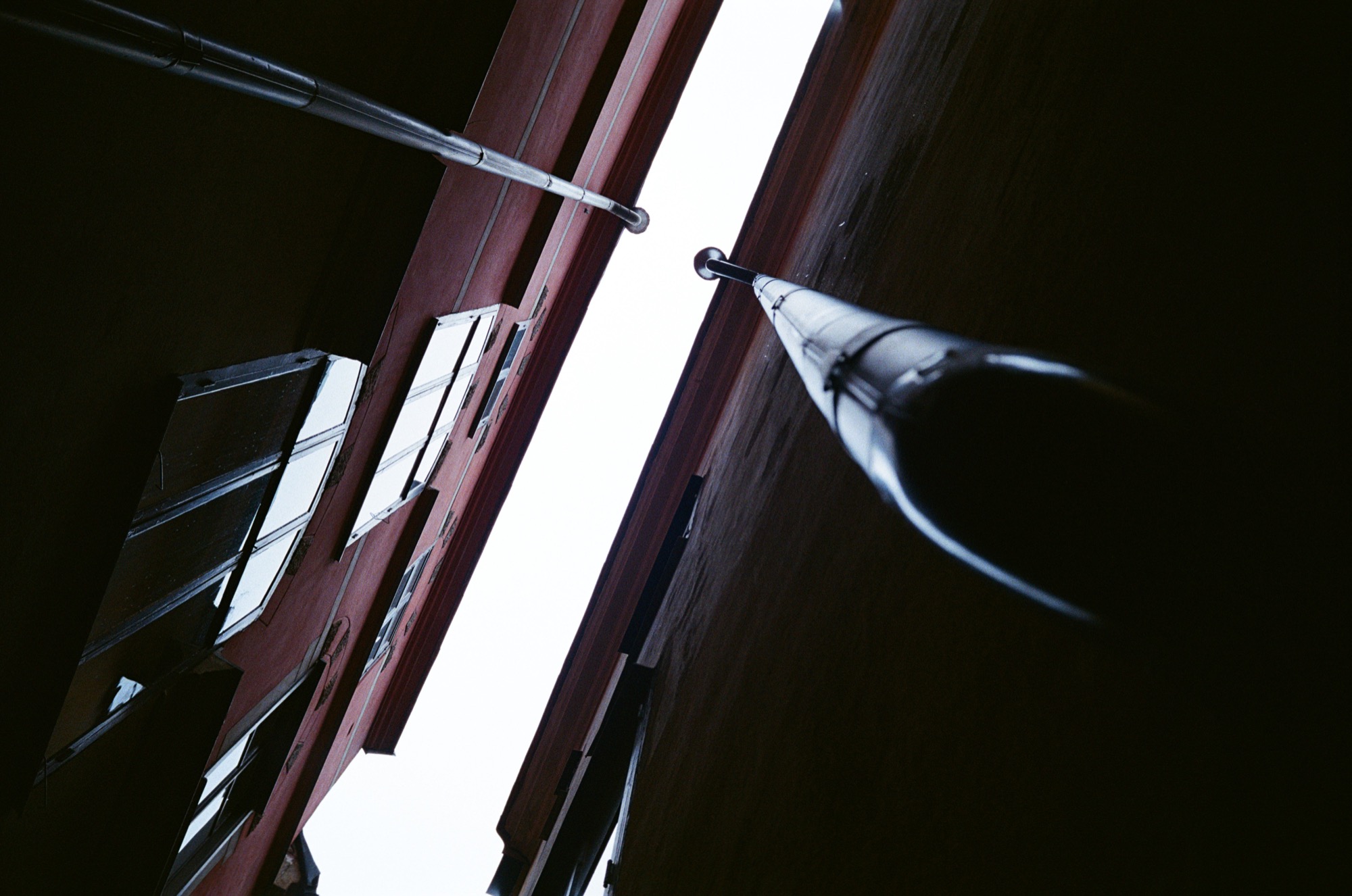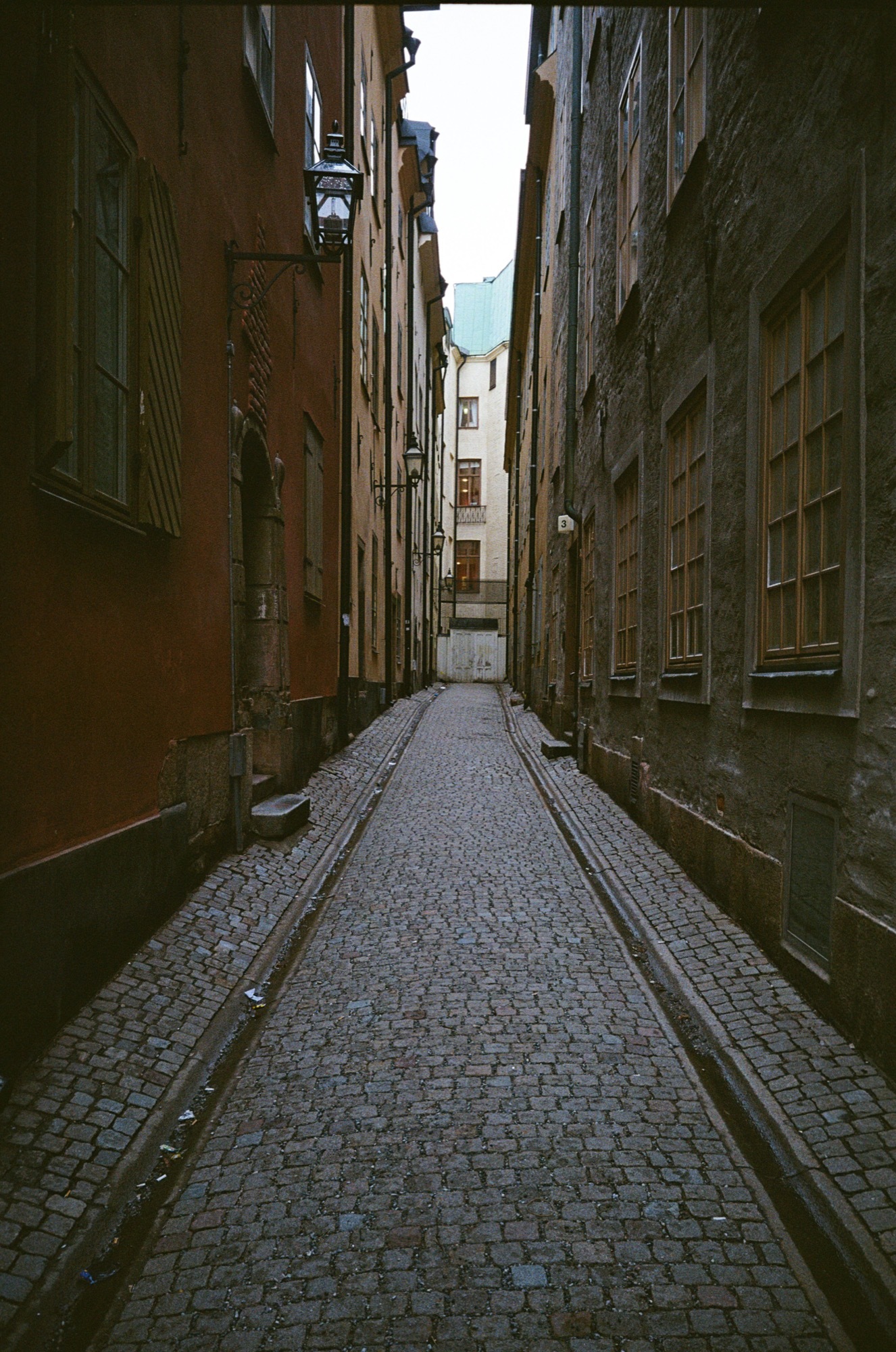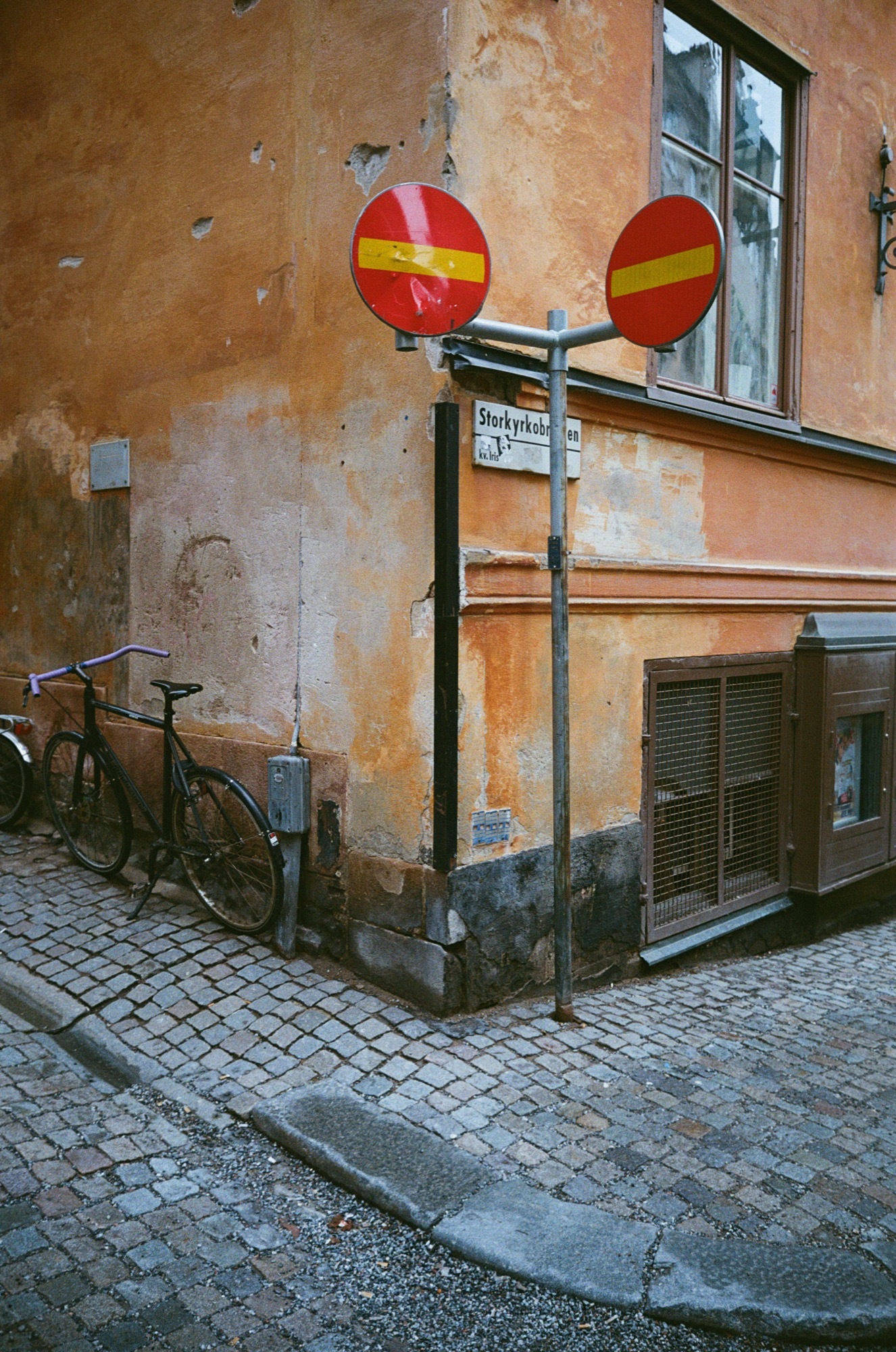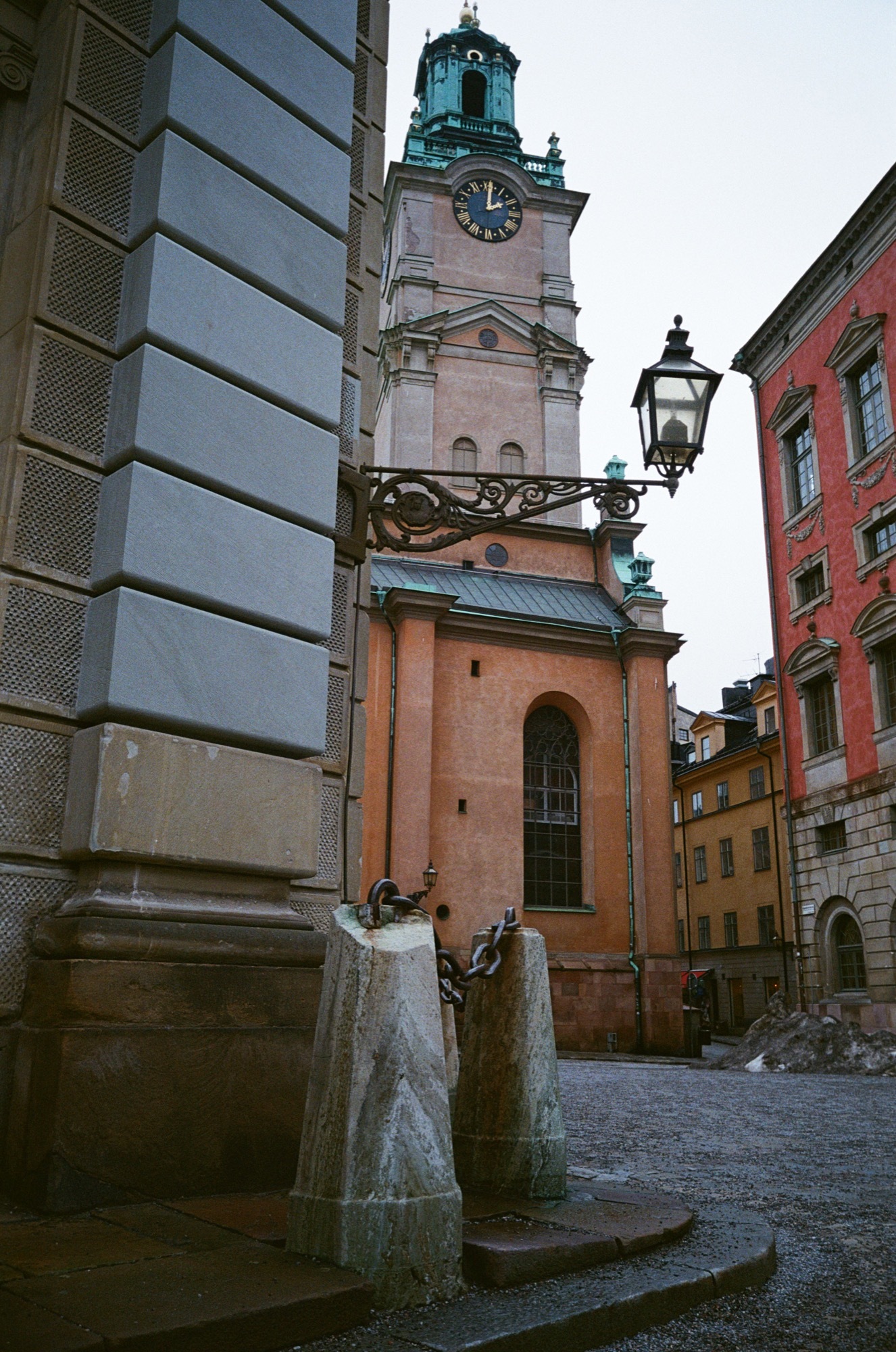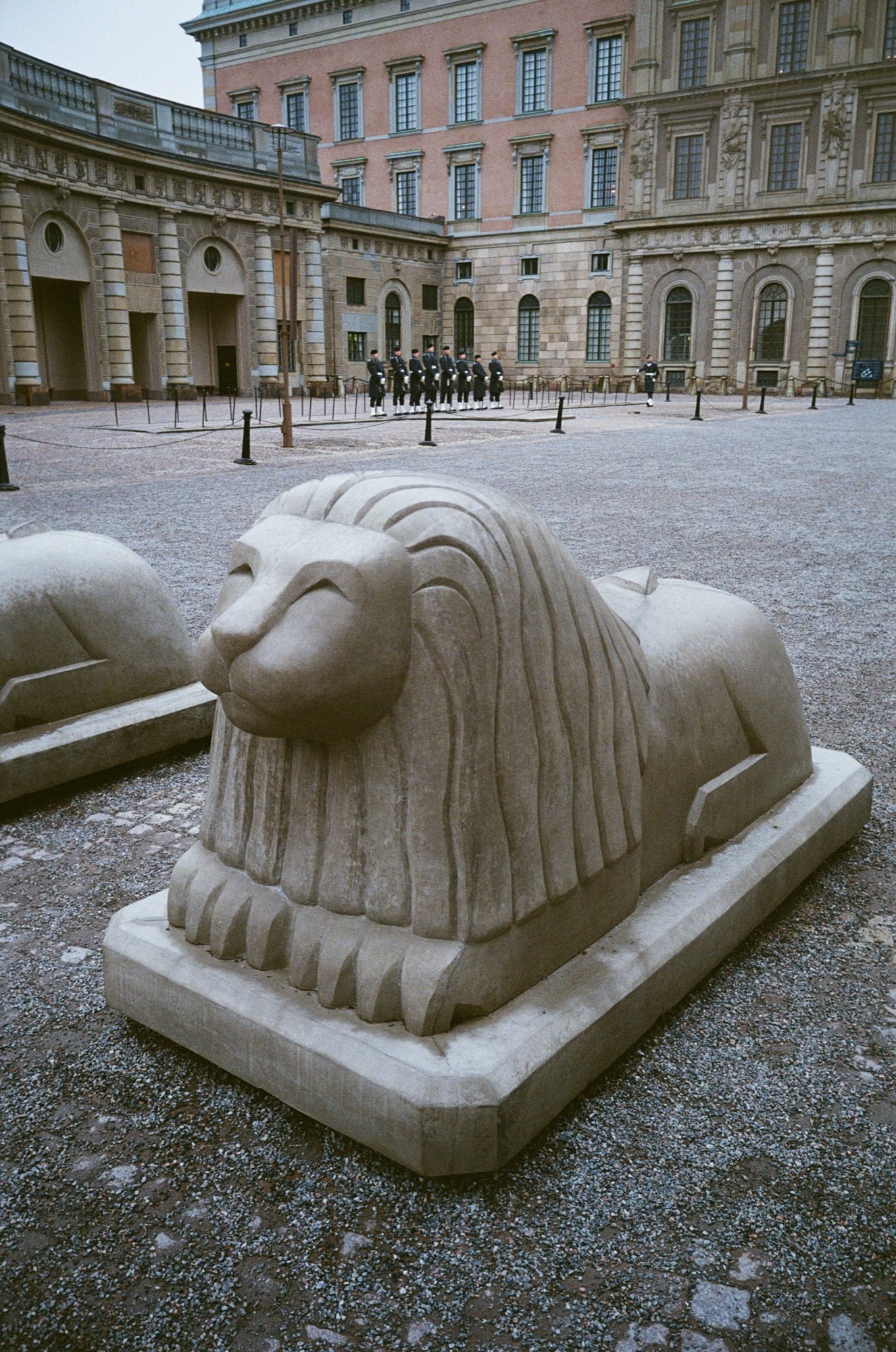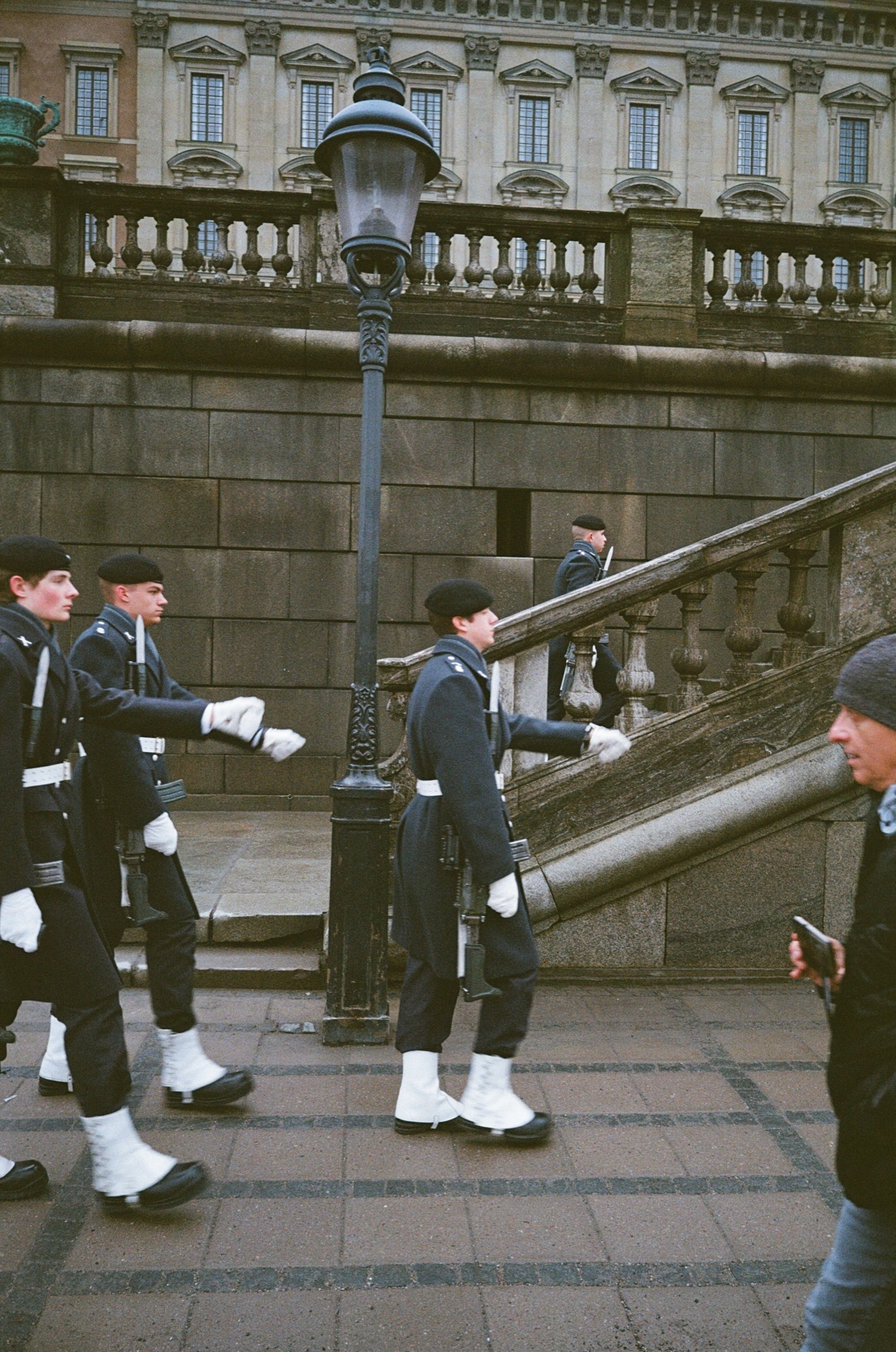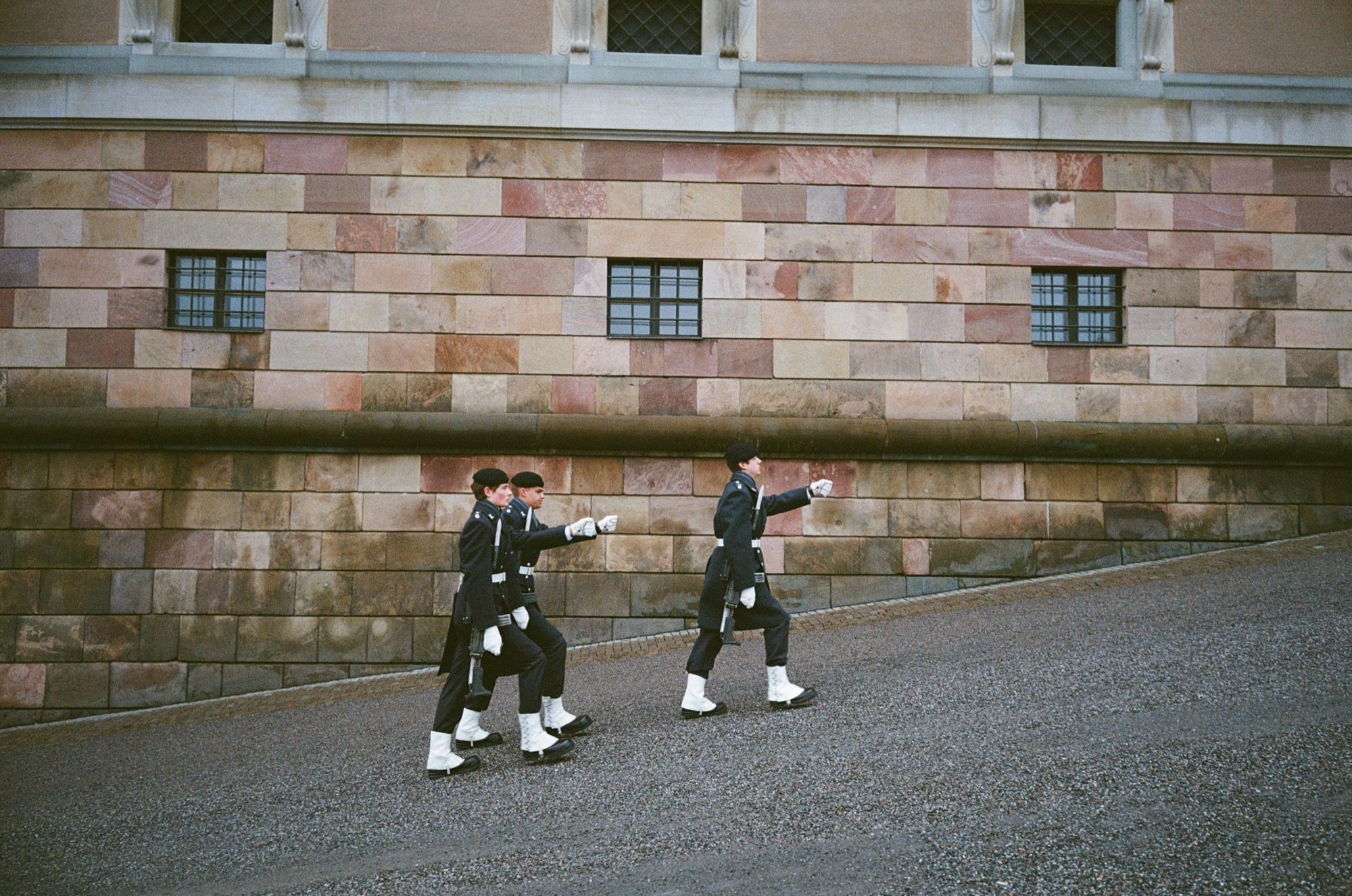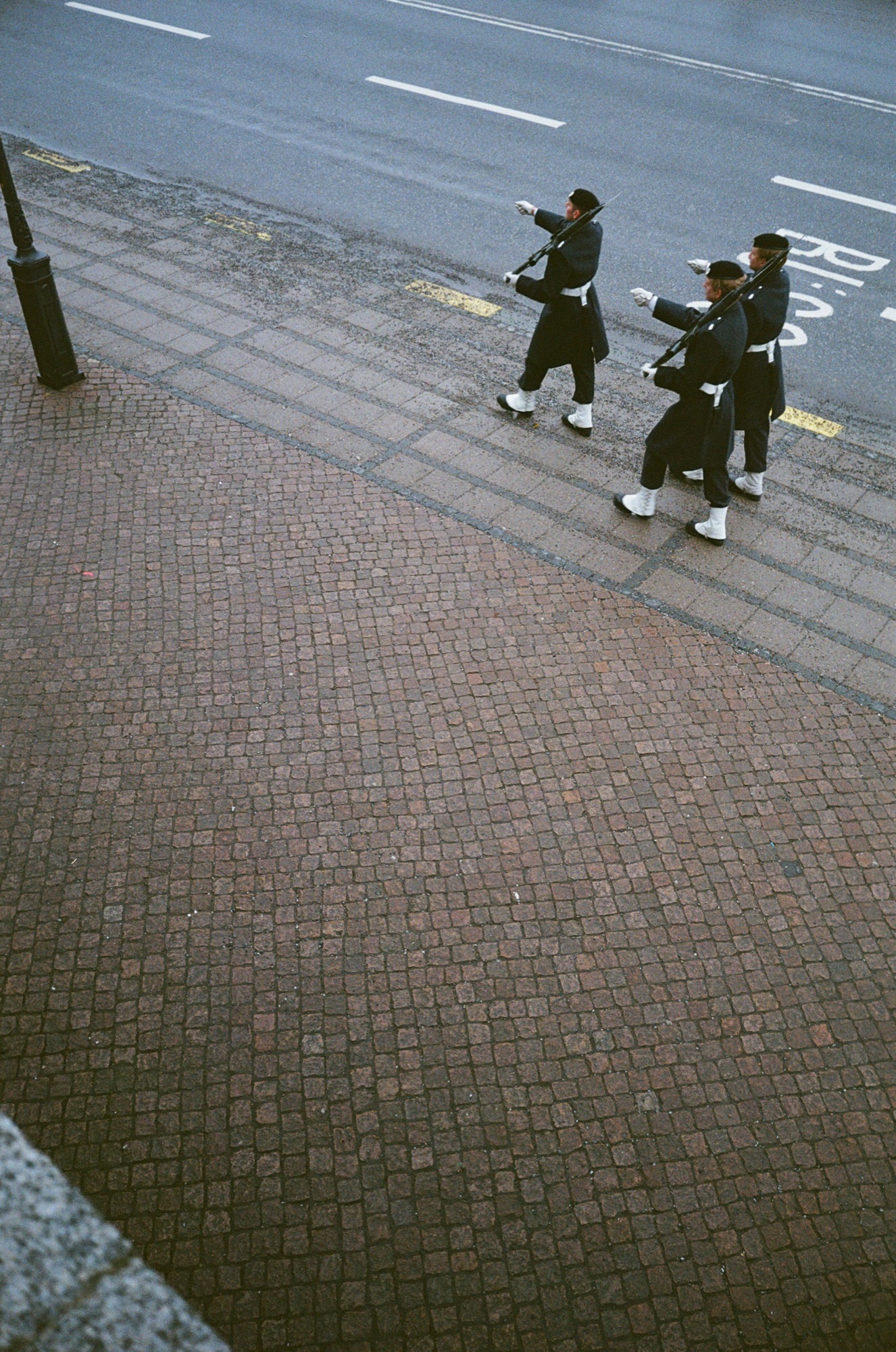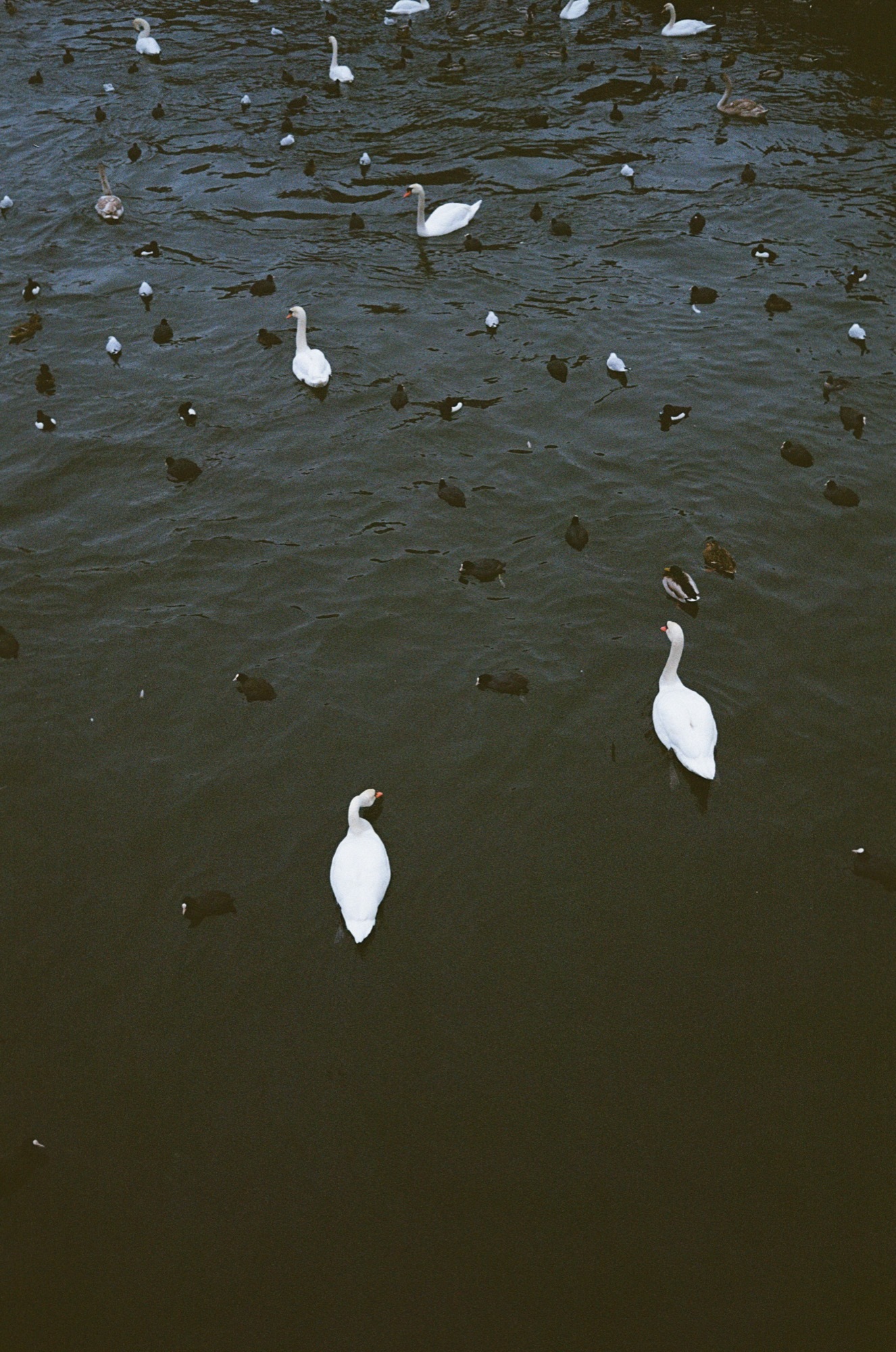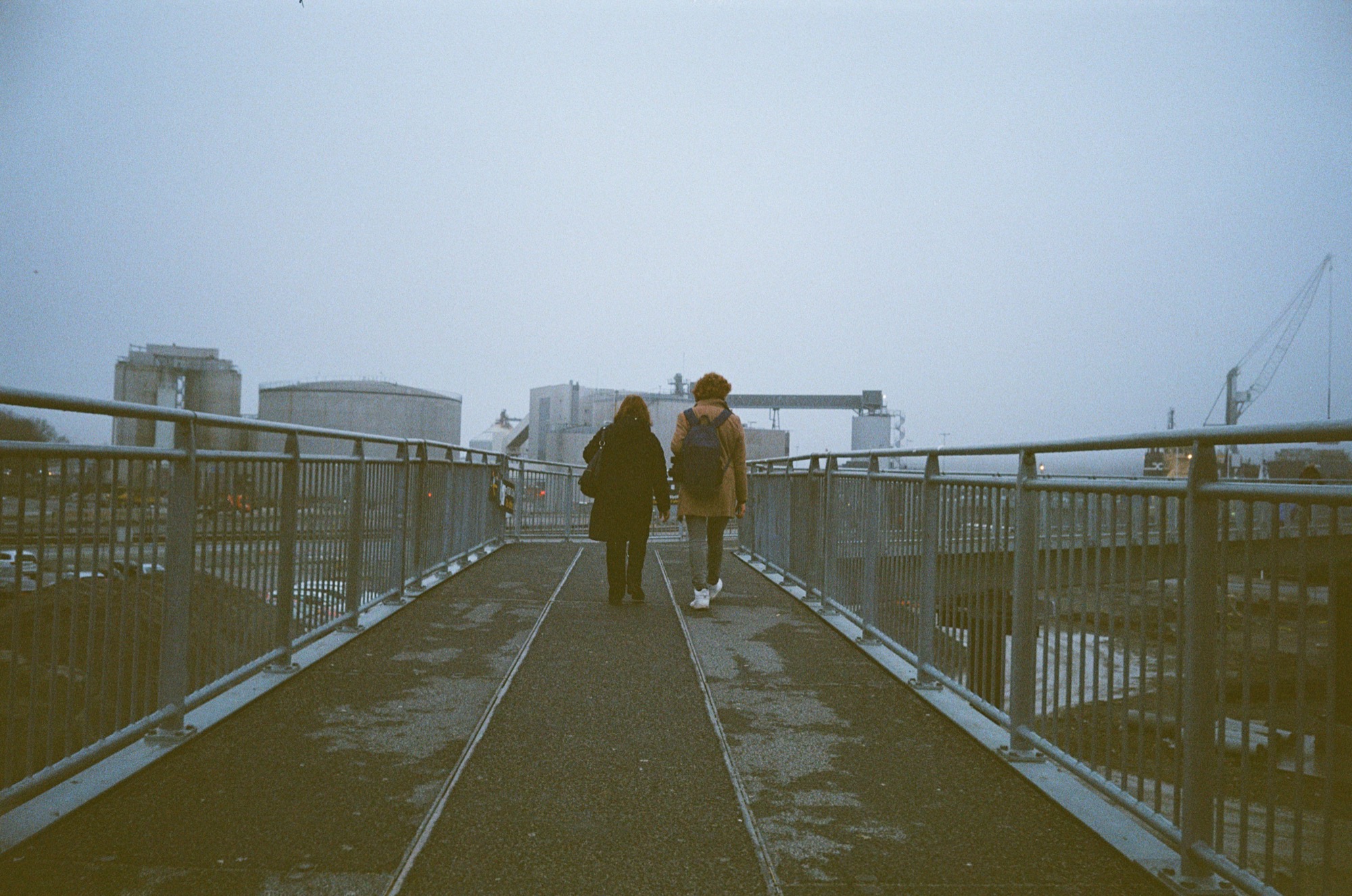A few months ago I purchased a new lens to use on my my Leica screw mount and m-mount bodies, the slightly unknown Avenon 28mm f3.5 LTM lens. Officially this lens is the Kobalux Wide f3,5/28mm lens, more on that later in the article. For now let’s call it Avenon because that’s what it says on the lens.
Camera: Leica MDa Scientific Camera
Location: Stockholm, Sweden
Film: Kodak Ultramax 400
Lens: Avenon 28mm f3.5 LTM
Things to Note:
All images are unedited, compressed to 2000px wide, and shot without the aid of a meter on two rolls of 24 exp. Kodak Ultramax. Looks Aren’t Everything?
Truthfully I purchased it predominantly for its physical looks and size. In fact 28mm was and maybe still is my least favorite non-telephoto focal length. I’m very particular about the aesthetics of my gear, and that particularity went for a $500 that I never tested and for a focal length I have previously described as “boring”.
So why would I do such an ignorant and vain thing like that? Well, there are tens of thousands of cameras and even more lenses out there, hundreds and hundreds of them are good and even amazing. Simply [and luckily] there are still so many quality lenses and cameras to choose from that myself and anyone else has the luxury of being extremely picky about their gear, and still ending up with high quality results. I knew it was a pretty good lens and combined with its appealing aesthetics that was good enough for me.
28mm Focal Length
Additionally I could acknowledge that 28mm is not at all a boring focal length, but only my opinion that it was. By boring I mean average and uninteresting, for years I have shot primarily with 50mm, 40mm, and 15mm and so to me 28mm seemed neither wide or standard, just meh. Although, I was happy to shoot outside of my comfort zone or preferable zone - the worst that could happen is that I could learn a thing or two.
Other Small Wide-Angle Rangefinder Lens Options
Before eventually settling on the Avenon 28mm f3.5 I spent around 4 months or so going over different options. If you’re looking for a compact 28mm lens for Leica mounts then you may be interested in what I had my eye on. Maybe there are some here you haven’t heard of. Here were my other 28mm lens considerations.
Leitz Hektor 2.8cm f6.3 LTM (1933)
The most attractive lens to me, and while I’m not that picky on lens performance - this Hektor 2.8cm is noticeably soft even in the middle from what I have found online. The cheapest I found one was from a reputable shop in Germany for around $900. Too much money for me without being able to test it on my own first. No Hektor.
Leica Summaron 28mm f5.6 LTM (1954)
This lens was an update to the 1933 Hektor 2.8cm and looks nearly identical to the current 2016 model. Really awesome performance, beautiful, not that useable in low-light, over my budget at $1400+. Still no Leica.
Canon 28mm f2.8 LTM (1957)
I really liked the super-tiny super-shiny Canon 28mm f2.8 rangefinder lens for Leica thread mount, and specification of an f2.8 maximum aperture on a 28mm lens from the 1950s is very impressive as well. But even more than that I liked the Canon 25mm f3.5 LTM lens, and if I were to go for a a little silver Canon lens it would have to be the 25mm - which was out of my budget at the time. So Canon was a no.
Voigtländer Color-Skopar 28mm f/3.5for LTM (2002)
The Voigtländer 28mm f3.5 lens for Leica screw mount is a bit pricey, hard to find, and highly-acclaimed. On a good day you won’t find it for less than $500. I could only find this lens on eBay at the time and from no sellers in the European Union. If I bought one it would be months before finally getting it in my hands and at an extra cost of almost 30%. No Voigt.
MS Optics Apoqualia 28mm f2 M-mount (2016)
Firstly, a 28mm f2 at this size is indescribably impressive. Secondly, I really don’t know if people are using these MS Optics lenses for fun for serious photography/art. Every time I see an MS Optics pancake lens it seems to be on a Leica M10 around the neck of a 55 year old art dealer, or possibly a ‘cool’ professor-type guy and they mention something about it being “fun”. If I ever own this I plan to use it seriously and to make images I care about, I guess it’s fun - my point is I’n not sure what other people are using MS Optics lenses for.
This particular one has some very interesting characteristics, and not lomo-marketing sort of way, but actually possibly desirable and worth the extra cost. It’s less than 10mm in depth. The newest phones without a case on them are only about 7mm in depth. So yea this lens wins in the tiny category. For me, if I was going to spend over $1200 on a lens, it would have to me something in screw mount not M-mount. I already own an m-mount Summicron-c 40mm f2 and it’s a disappointment when I can’t use it on the various screw mount bodies that come my way. So, this time Mr Miyazaki, no, but you amaze me.
Kobalux Avenon 28mm f/3.5 for LTM (1980 - 2001)
From the start the Avenon was one of my top options for a good compact 28mm lens for my Leica. Similarly though to others on this list, I could only find them on eBay shipping out of Japan. So $500 plus shipping plus 30% import feed to the EU wasn’t looking good.
Feeling hopeless I put out the following Instagram story and immediately got back the best news possible from Kamerastore.com who I have worked with before and purchased most of my things from. I was in Finland the next month and got to see the lens myself - I traded in a few cameras and lenses I wasn’t using completely covered the cost of the lens.
Smaller, Quicker, Sharper.
Smaller, quicker, sharper. That was product page headline for the new Kobalux 28mm f3.5 LTM lens in 2001. The entire naming convention of the lenses and the company is very confusing. The Avenon 28mm f3.5 LTM lens come from a Japanese manufacturer called YK optical in Yokohama, which had a short history of only producing two lenses mainly under the name of KOBALUX, a 28mm f3.5 as well as the 21mm f2.8 LTM.
“The Kobalux wide-angle lenses were produced from 1981 until 2002 by the chief lens designer, Abe-san, who started his own company, Avenon Kohki (Y.K. Optical) after Sankyō Kōki K.K. (三協光機㈱) who produced the legendary Komura lenses, became insolvent in 1980.”
Avenon for the Japanese, Kobalux for the North Americans.
Kobalux states that the 28mm lenses were also made under the names Pasoptik, Bower, Adorama, though I have yet to ever see an image of this lens under any name other than Avenon and Kobalux. If you’re looking for this lens just use “Avenon” and “Kobalux” in your search terms. I found about 1 result of Kobalux for every 5 for Avenon. Officially lenses made for the Japanese market bear the name Avenon and those sent to North America were marked with the Kobalux brand.
There are a few different versions of the 28mm lens which seem purely cosmetic, including a black or chrome finish, and even a focus tab (like modern Leica) vs focus knob (like early Leica Elmar). Another small mystery is that I have also never seen an image of the latest version of the 28mm lens other than the one the archive of the Kobalux website. In 2001 the current model seemed to be black, with a chrome base and front - the older versions look much better in my opinion.
In 2001 the lens was officially written as “Kobalux M-Series 28mm f/3.5” Today it is officially “Kobalux Wide ƒ3,5/28mm”
Avenon/Kobalux 28mm Lens Review
Appearance
As I said the lens is small, if you want to get an idea for yourself.. without any hood or filter is nearly identical the dimensions and volume of a Leica M rear lens cap. My version of the Avenon 28mm has a typical black finish which falls somewhere in between glossy and matte. All text is white but for a red arrow, red “R”, and red “MC”. The arrow points to the current distance of focus, the “R” is an Infrared focus adjustment indicator, and the “MC” stands for Multi-Coated [glass].
When you look inside the front of the lens element it’s a but ugly, like something you might expect to see when looking through the back of a lens. There are 10 small teeth pointing inward around the circumference of the aperture opening. It is a part of the operation of the opening and closing of the aperture blades but usually this is not visible when looking through any other lens.
The rear element is quite small and fits inside the back of a Leica M cap (when M adapter is screwed on) with no problem. You can even get a screw mount cap on the naked lens about 1/3rd the way on. If you don’t know why I mention this, there are some lenses like the 28mm Orion-15 and Leica 21mm Super-Angulon that have deep rear lens elements that require special often expensive back caps. In some cases it’s cheaper to buy a Zorki rangefinder camera to a mount and keep it safe rather than the original caps themselves.
Specifications
Optics Construction: 6 elements, 4 groups (symmetrical), multicoated.
Aperture unit: 8 blades, f/3.5 to f/16 in half-stop clicks, grip tabs on ring.
Filter mount: 43mm x 0.75 (standard).
Focusing range: 0.75m to infinity (1/4 turn), rangefinder coupled.
Included accessories: Caps, metal lens shade.
Optional accessories: Brightline finder with parallax correction marks; standard LTM-to-M adapter (28/90 framelines on M6 and M4-P, 90mm framelines on M2, M3, M4 and M4-2).
Focusing
The focusing on the Avenon 28mm is just how I like it, easy to move with one finger in on or on the side of the tab, yet viscous enough to feel solid. It feels very similar to what you might feel twisting a plastic cup upside-down in some whipped butter - maybe slightly more free, but it really depends on the butter.
Focus Tab
Also something very nice I noticed about the focusing throw is that it seems to have exactly a 90º range of movement from close focus to infinity. Not only that but the range is perfectly balanced downward, so the full range side to side swings from the 4 o’clock position of the 8 o’clock position. Nice job Kobalux!
Aperture Ring
On my copy the aperture ring has some wiggle to it, is very easy to turn, yet still clicks into place, including clicks at half-stop positions. It could be from age but, it is not the most robust aperture ring I have ever felt. You can easily change the aperture with one finger, and this may be a benefit for some people.
Rangefinder Compatibility
The Avenon 28mm LTM lens will fit almost any LTM / M39 camera and function properly. Known incompatibility exists with some of the Canon rangefinders.
Do not mount this lens on the Canon V, Canon VI, Canon P, or Canon 7 - it will damage the camera baffles - according to Kobalux.
And don’t forget with a small unobtrusive LTM to M-mount adapter you can use this lens perfectly on any Leica M-mount camera, film or digital.
Image Quality
Personally for my own work, I put lenses into two categories - Good Enough or Not Good Enough. I do understand the differences between all my lenses and can have an educated conversation about them, but I I’ve never been bothered by vignetting or soft corners and things like that. I’m only bothered by a lack of center sharpness and flares from using lens filters.
Not only does this lens fit into the good enough category, many of the images I got from it are absolutely beautiful. Of course the film used is a huge part of the look, and I don’t know where your own concerns lie, so please take a look at all the pictures them selves, they are the best evidence of the image quality. But keep in mind from the note at the top that these are compressed to 2000px wide. Email me if you want to see one full size I’ll send it over. Home@cameraville.co
How I Feel About 28mm Now
For a good long time my wide angle combo of choice was Lomo LC-Wide 17mm with external Voigtänder finder, then I moved to a Voigtänder Bessa R4M with the V2 21mm Color-Skopar. After that I moved to a Leica CL with a Voigtländer 15mm Super-Wide Heliar. So to me “wide angle” meant very very wide, super-wide in the last case.
The biggest difference between shooting super wide and wide (like 28mm) is composition. Very very often I would see a nice composition, raise the camera and look through the 15mm viewfinder and find I was too far away. Once I moved up, the composition had totally changed, it was gone.
One example would be a when looking a large church with a beautiful series of stacked domes and buttresses on top and finally and small spire and cross. By the time I moved close enough with a 15mm lens to fill the frame, I see nothing but the front facade. Here is an example shot with the Voigtänder 15mm Super-Wide Heliar. Look how far I have to be to show the beauty of the structure.
That’s one benefit I have learned about 28mm is that retains a wide-ish view with less compromise of the composition. I’m still used to 15 to 21mm so 28mm hasn’t yet felt as wide angle to me as it might to most. The 28mm enables me get all the shots I can’t get with my 50mm, and is sufficient enough without owning anything wider at the moment. I’m very happy with the Avenon and will be keeping it for some time. I highly recommend it. Here are the rest of the photos from the two rolls of 24 EXP Kodak Ultramax 400.
Bonus! Back and bottom plates of the MDa and M4-2 are interchangeable!

